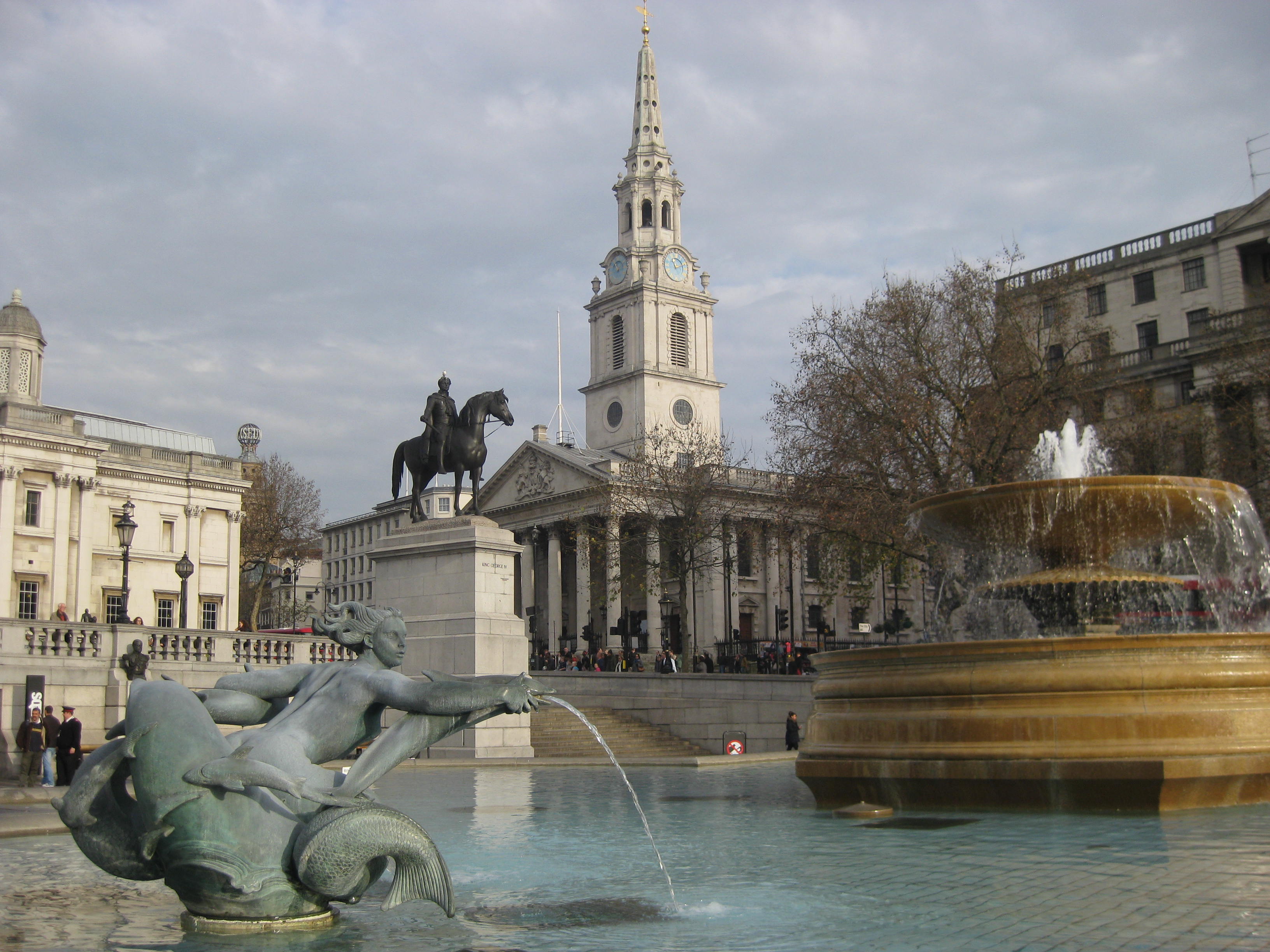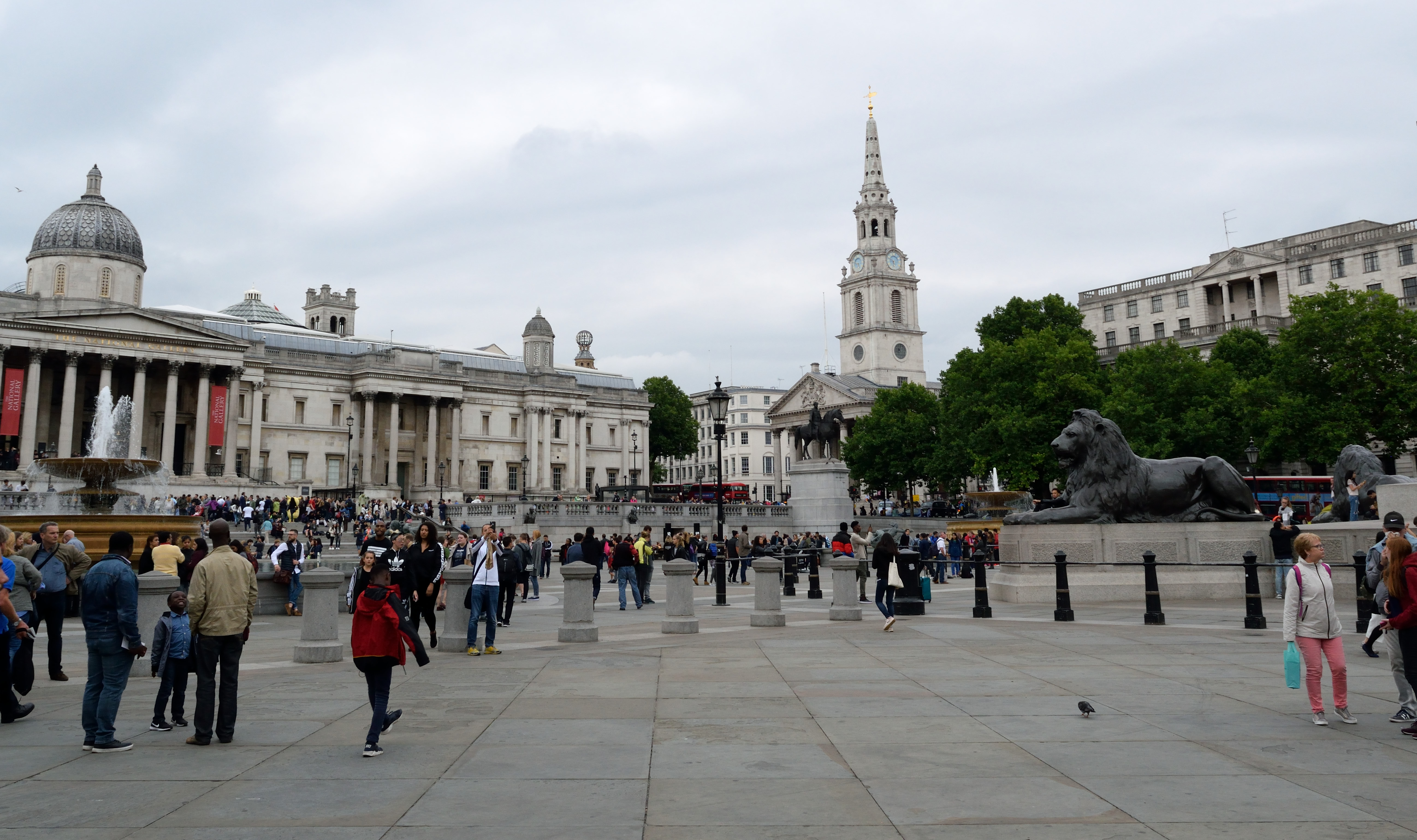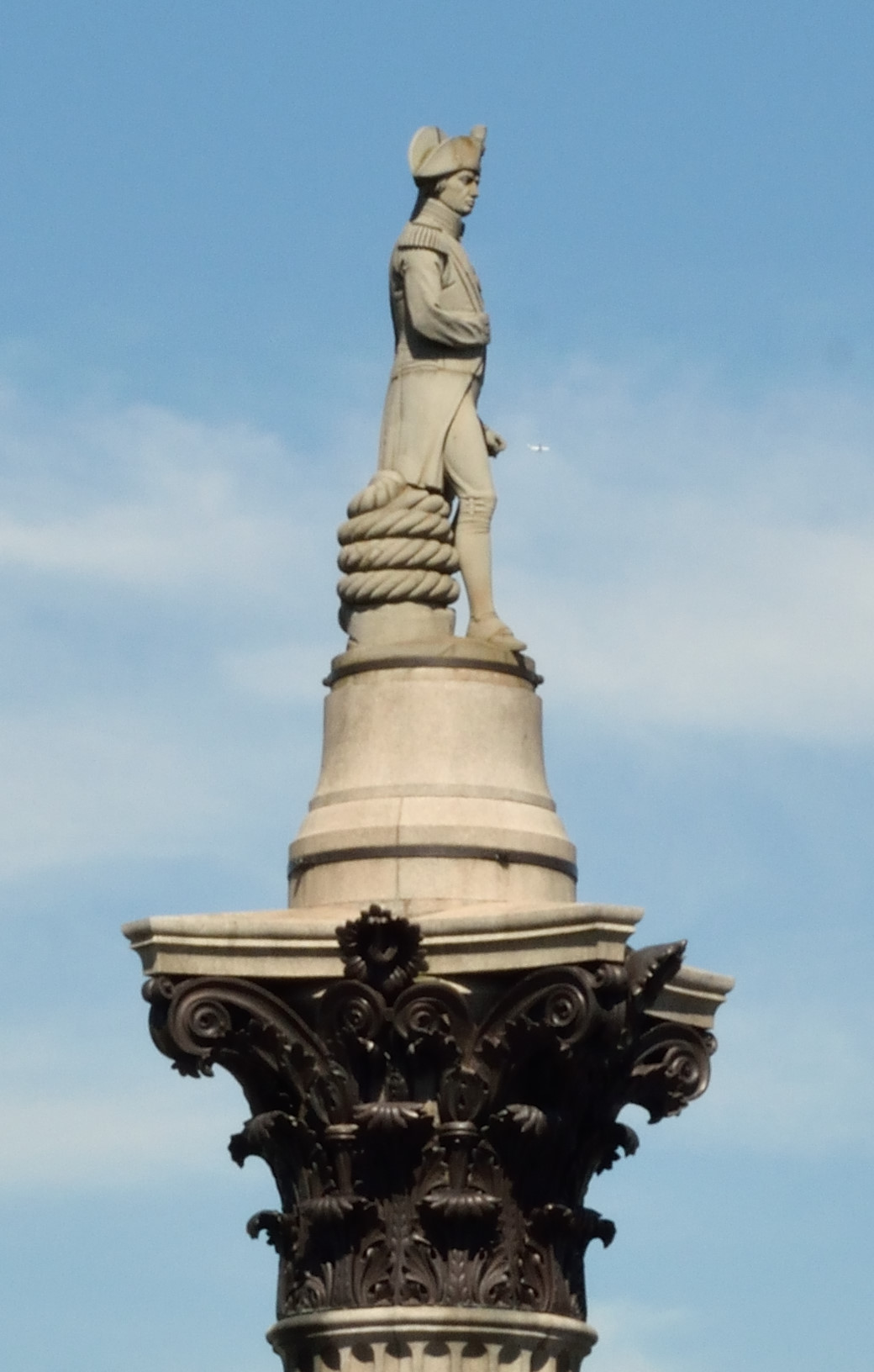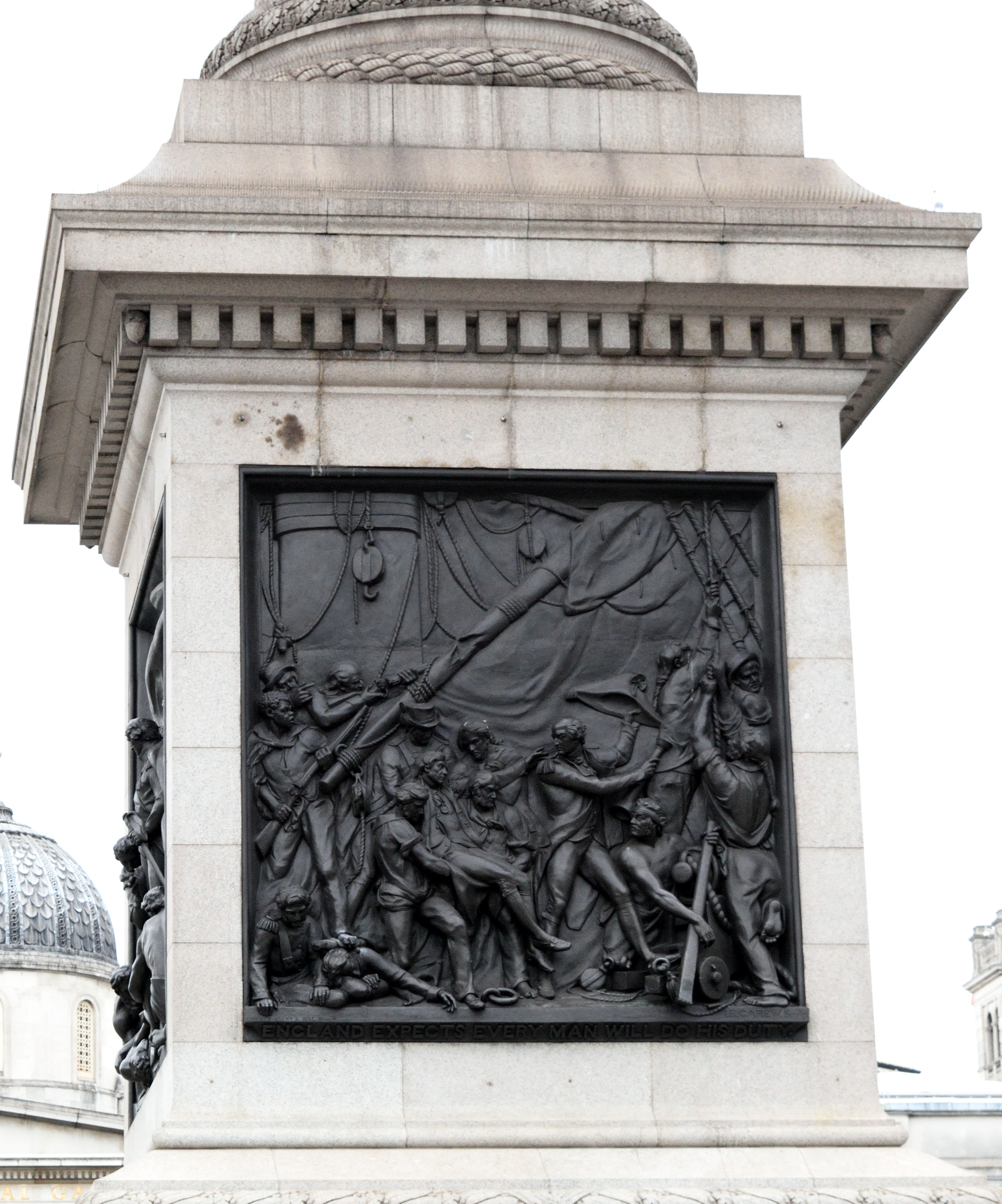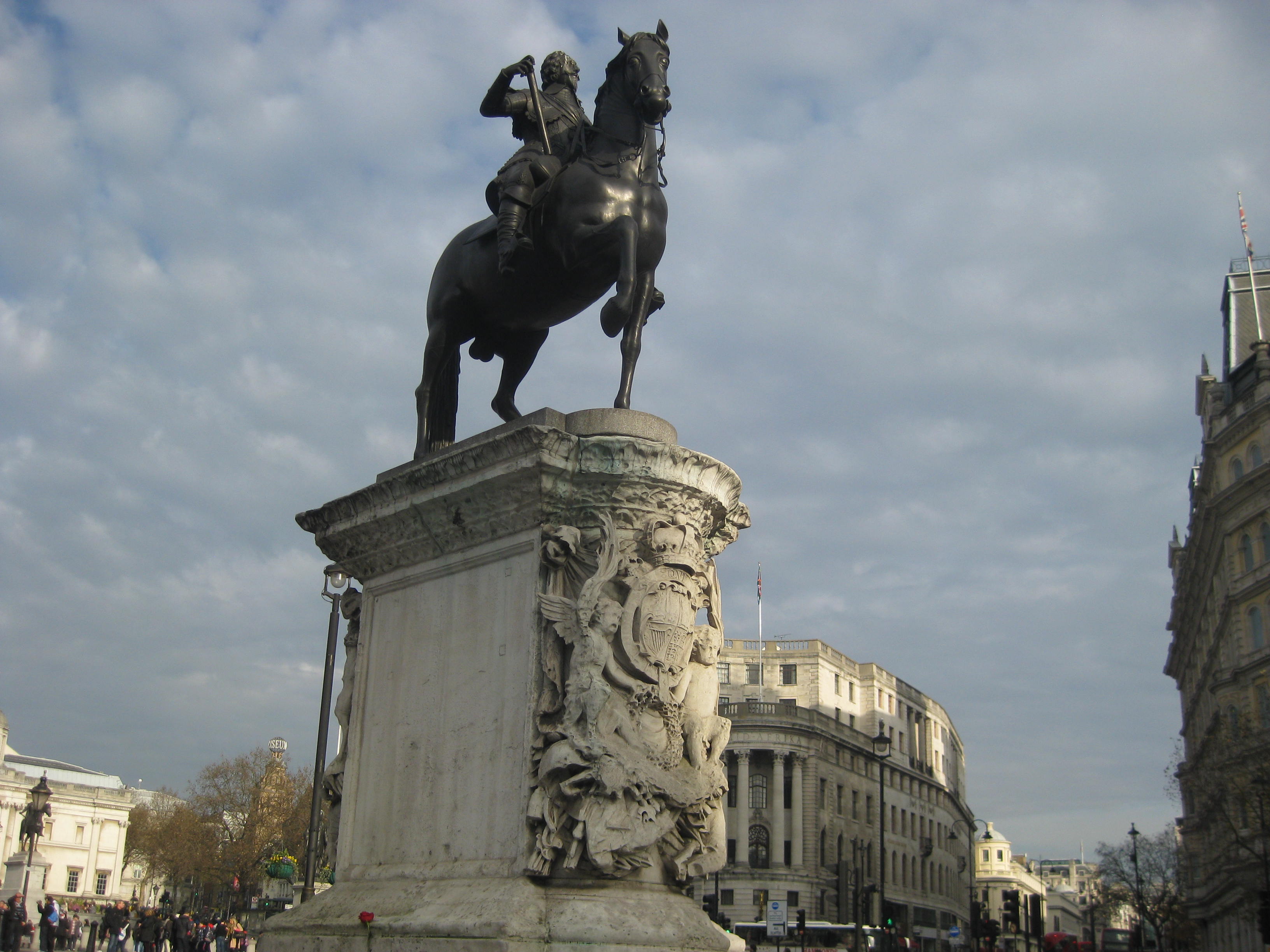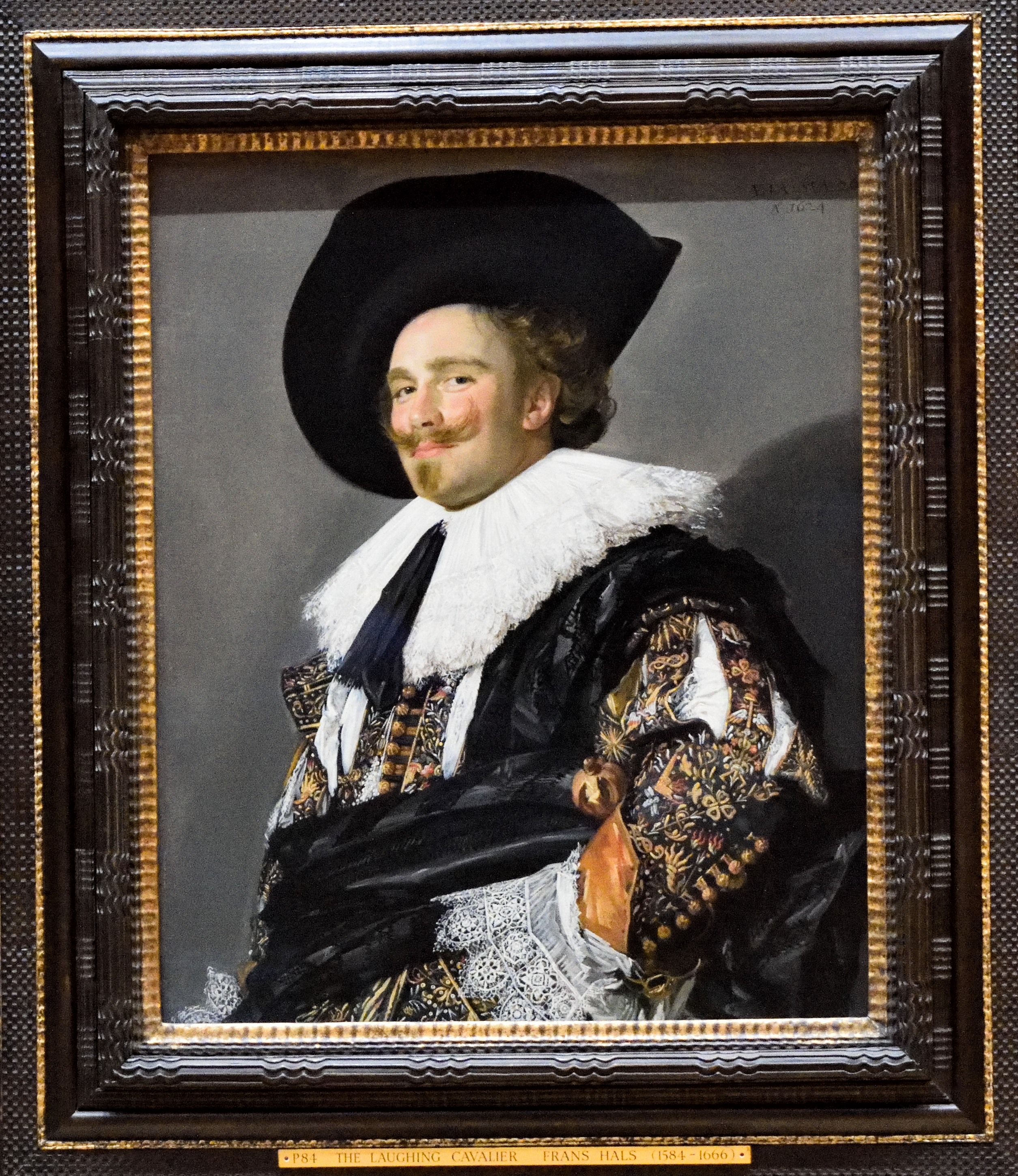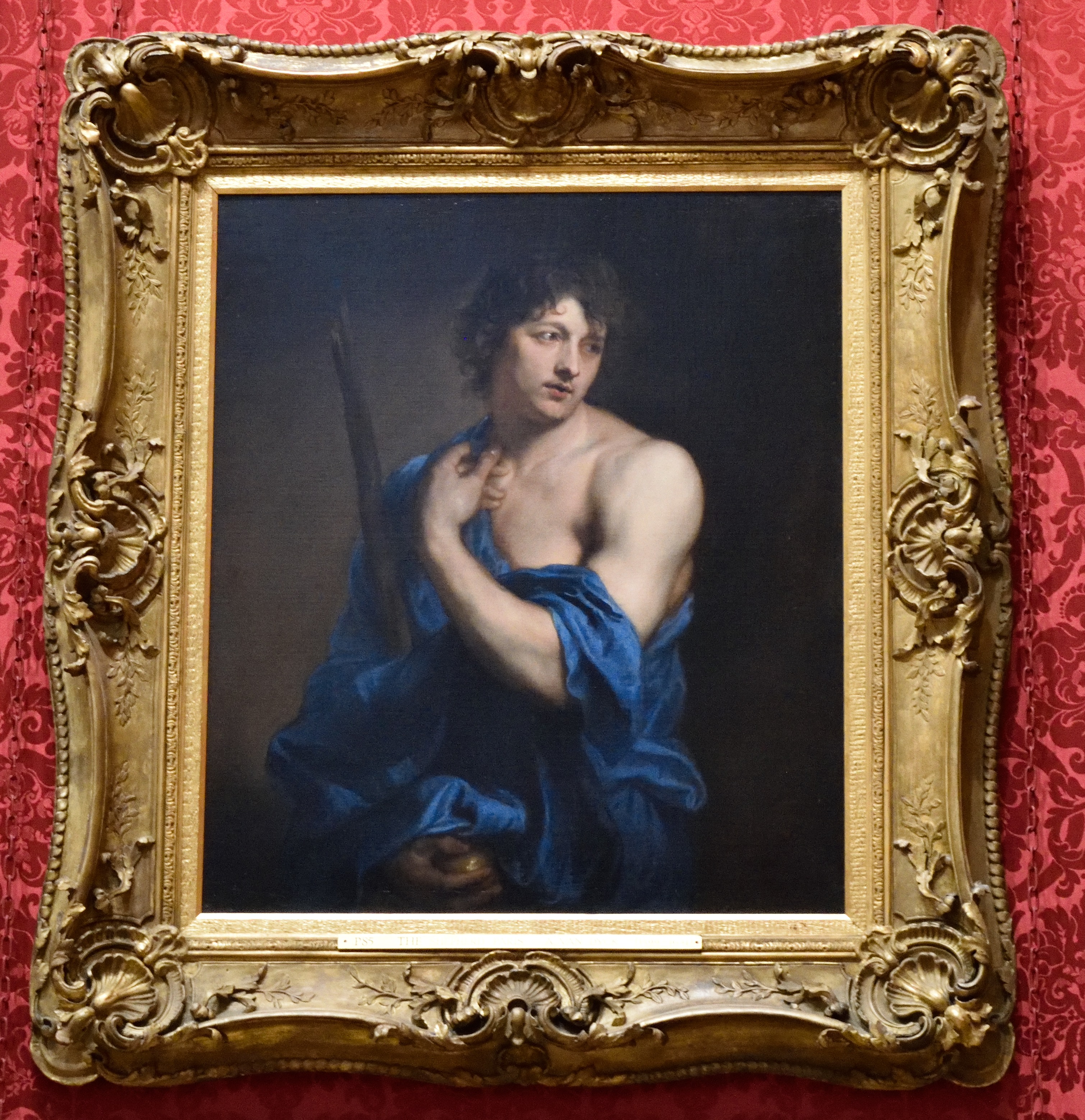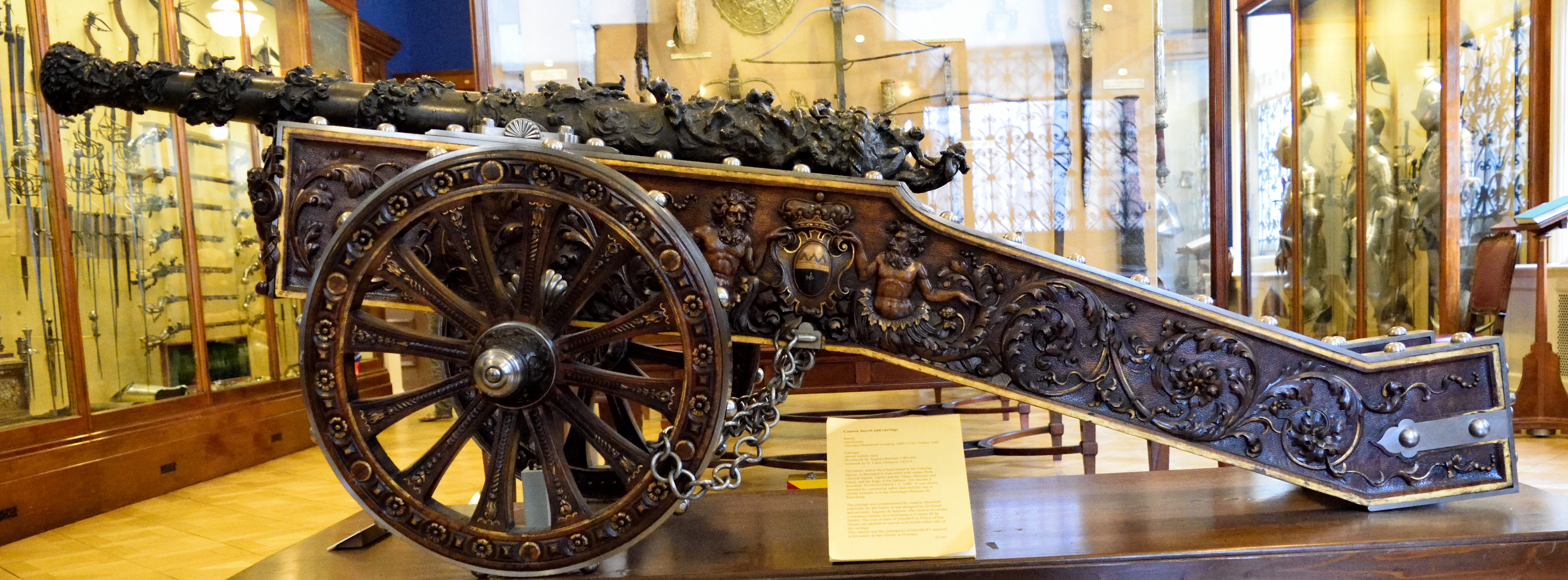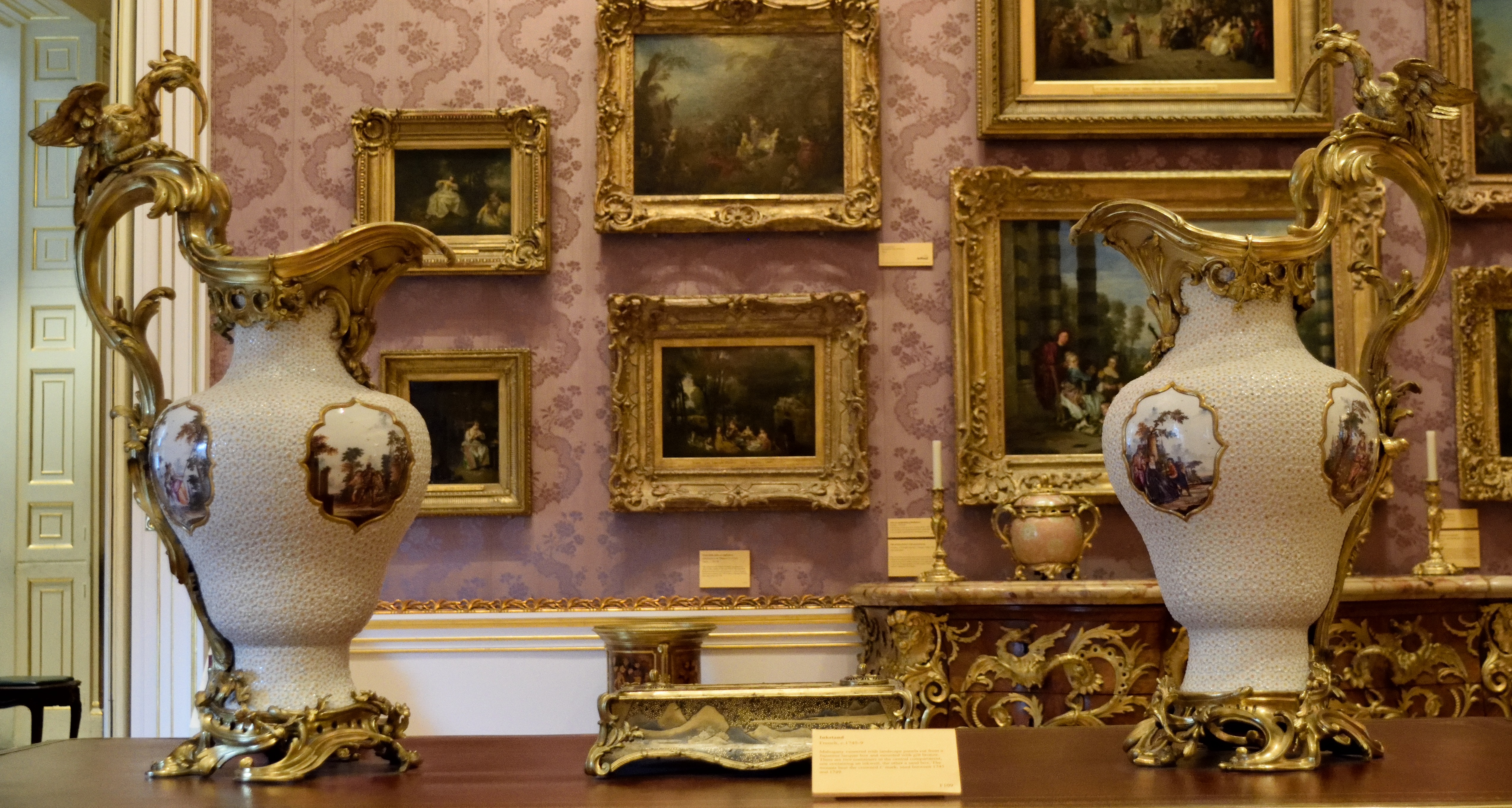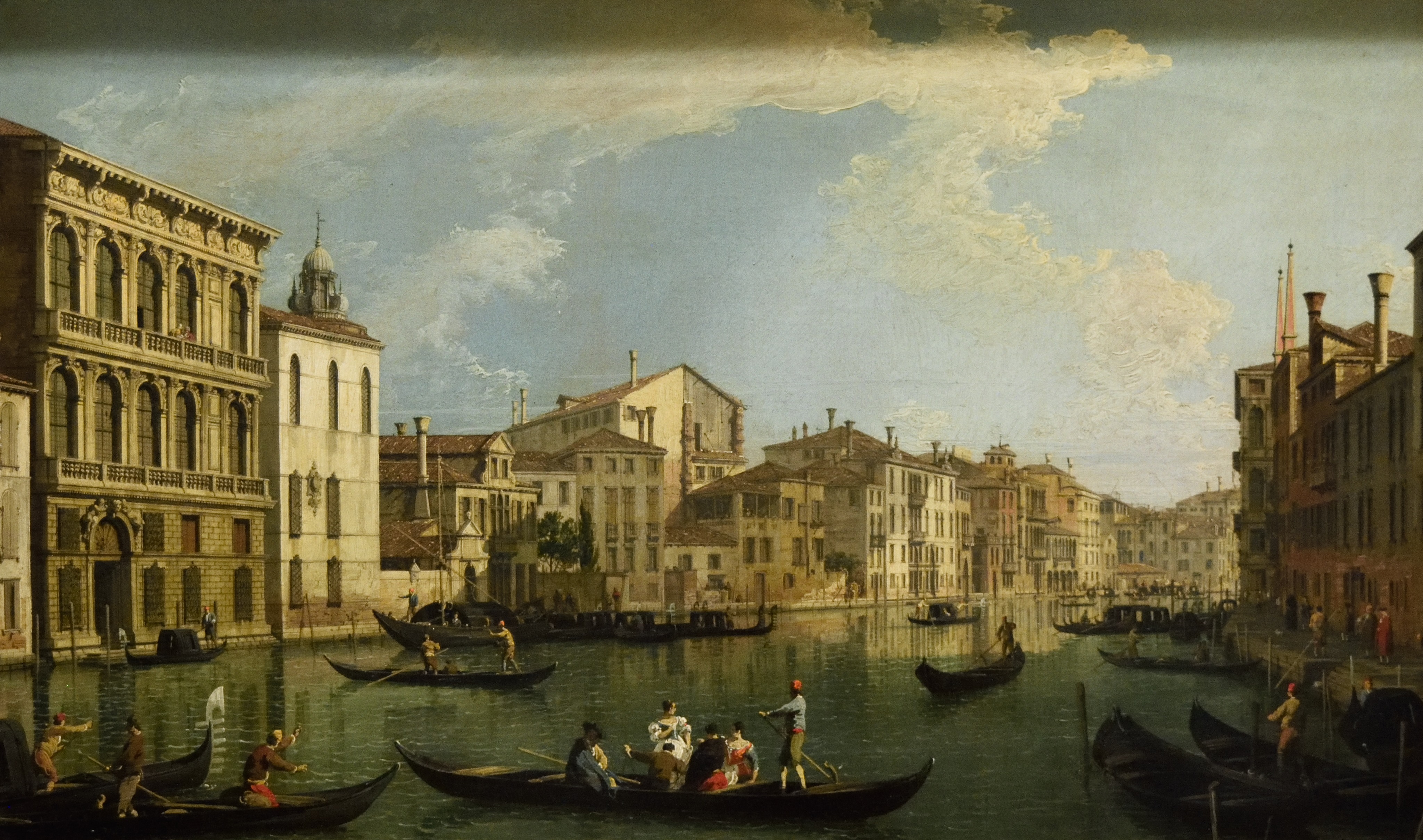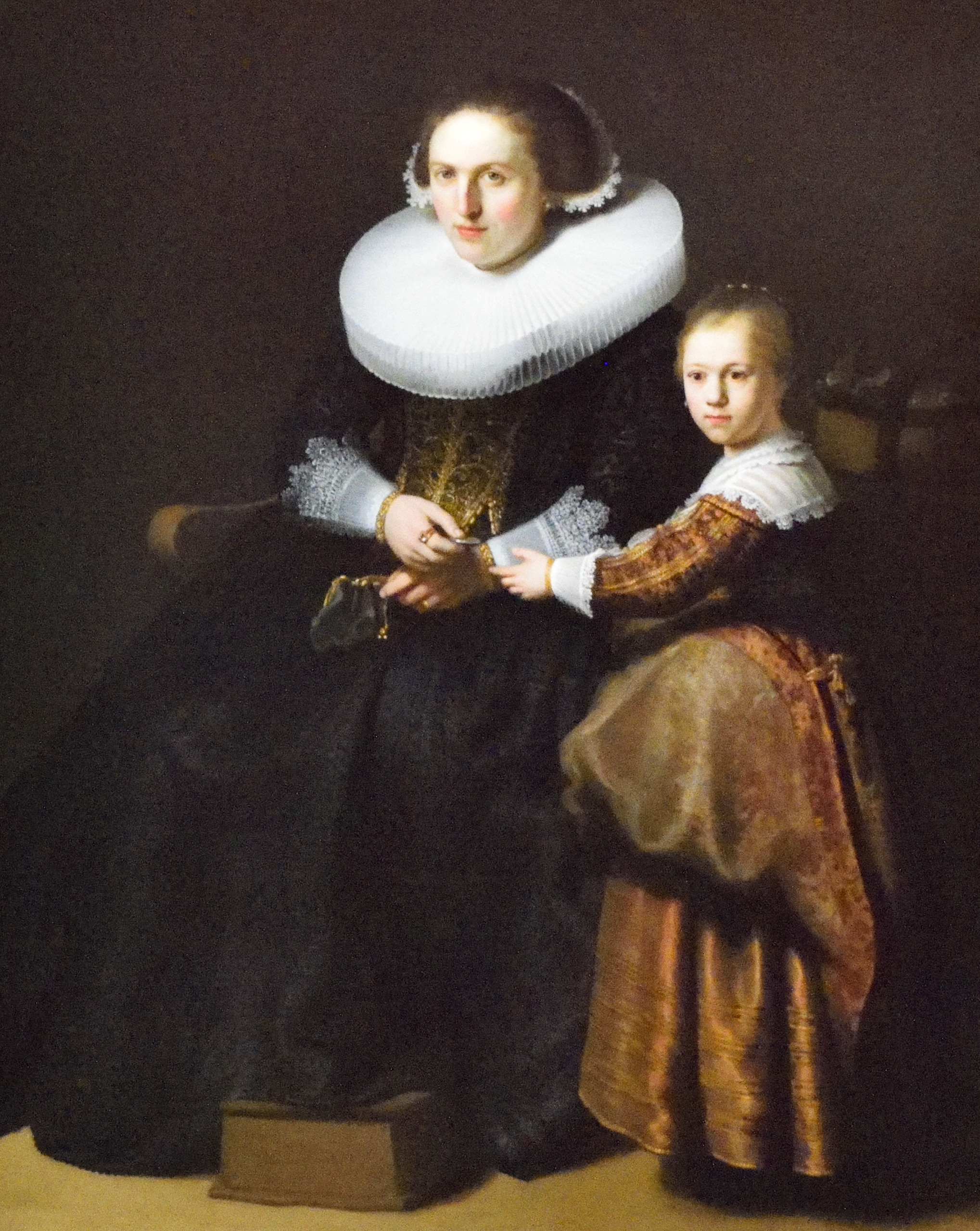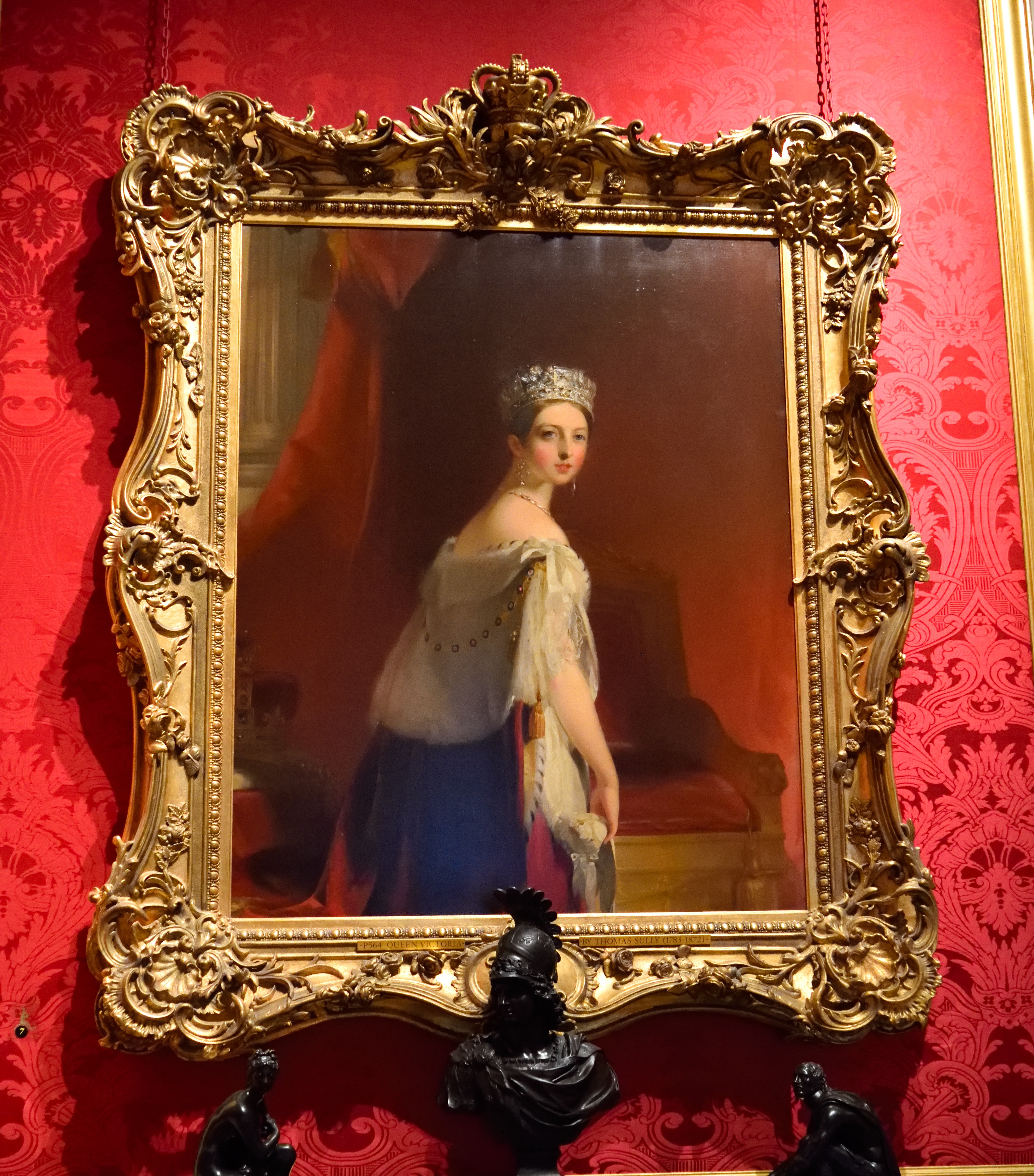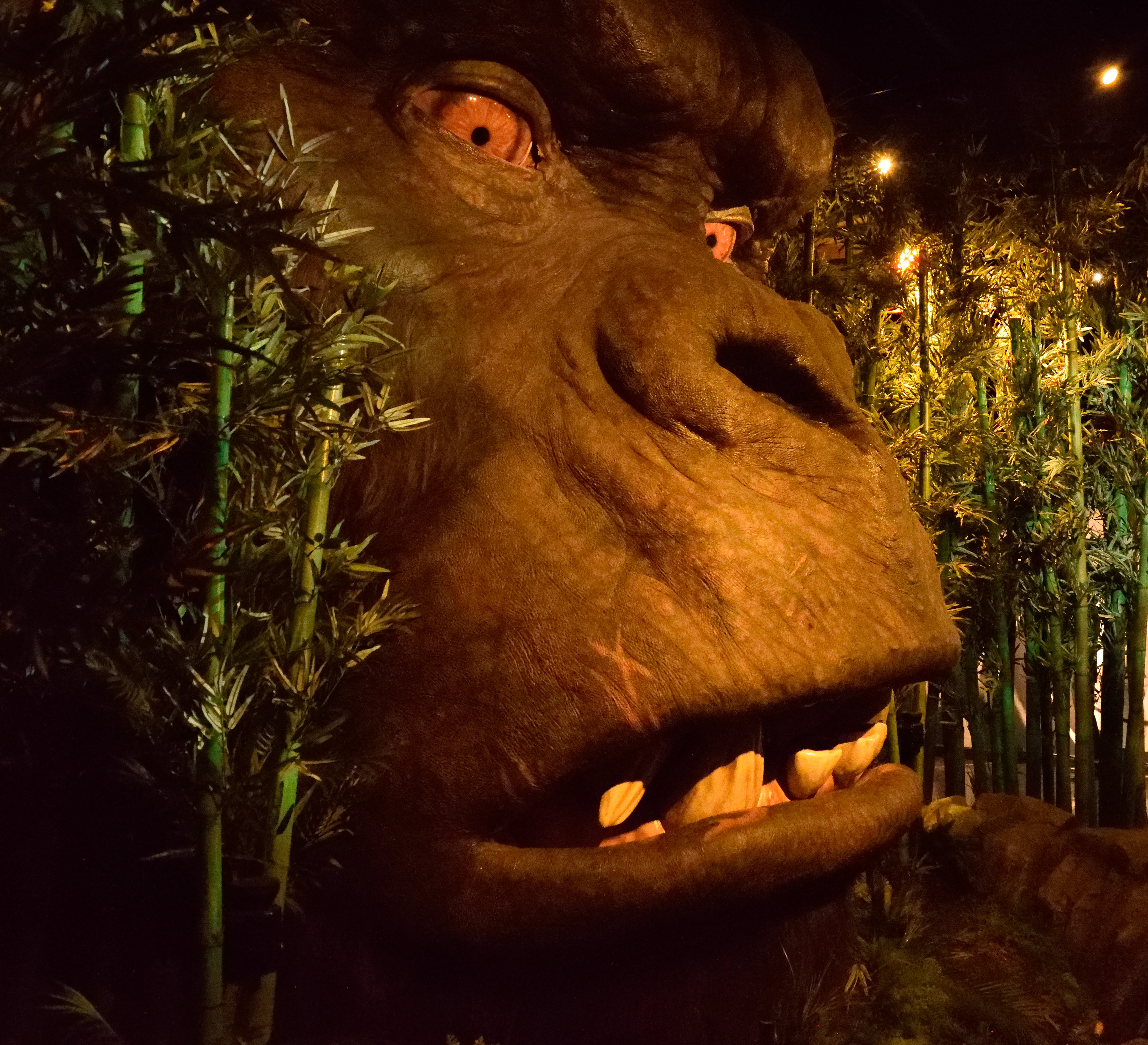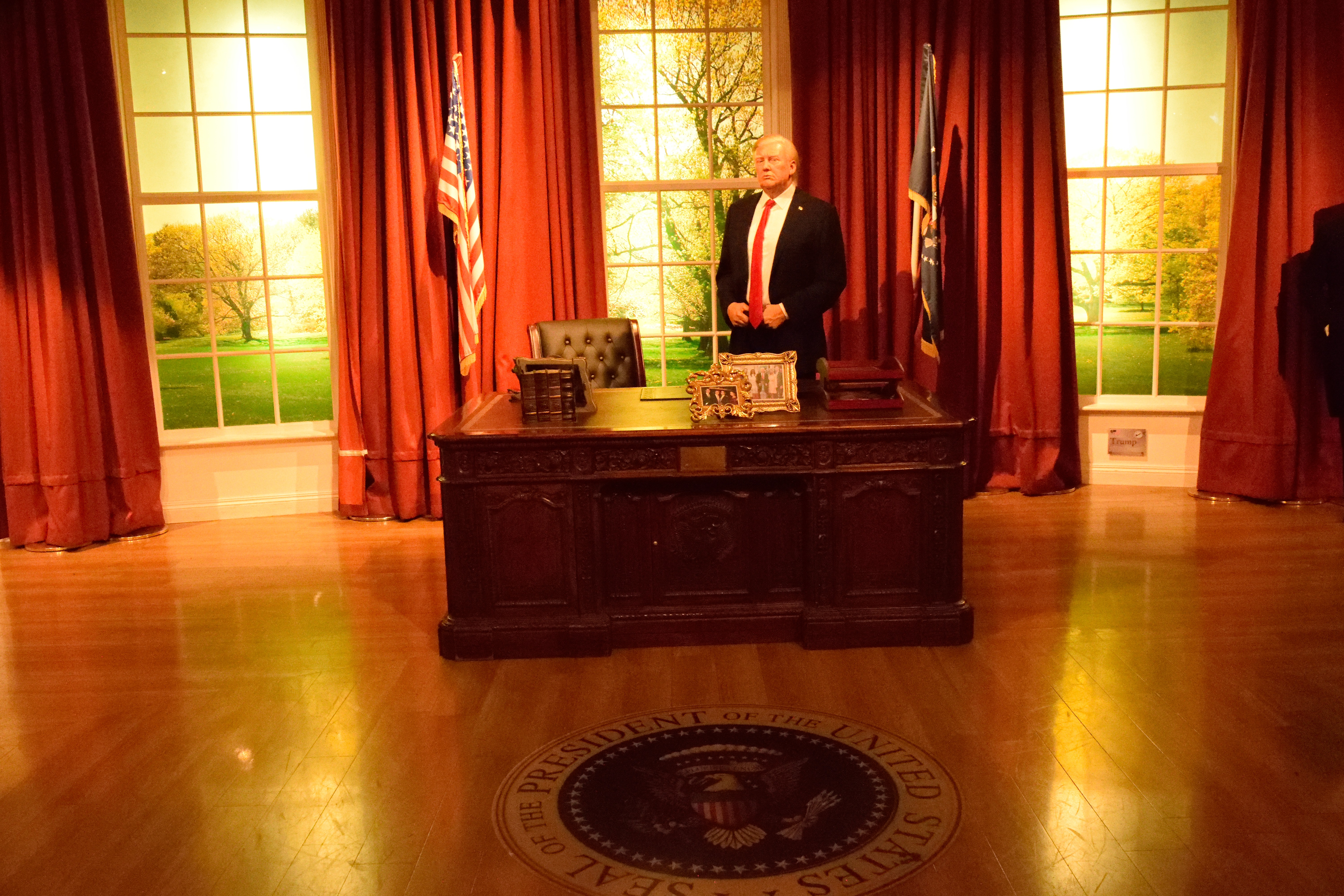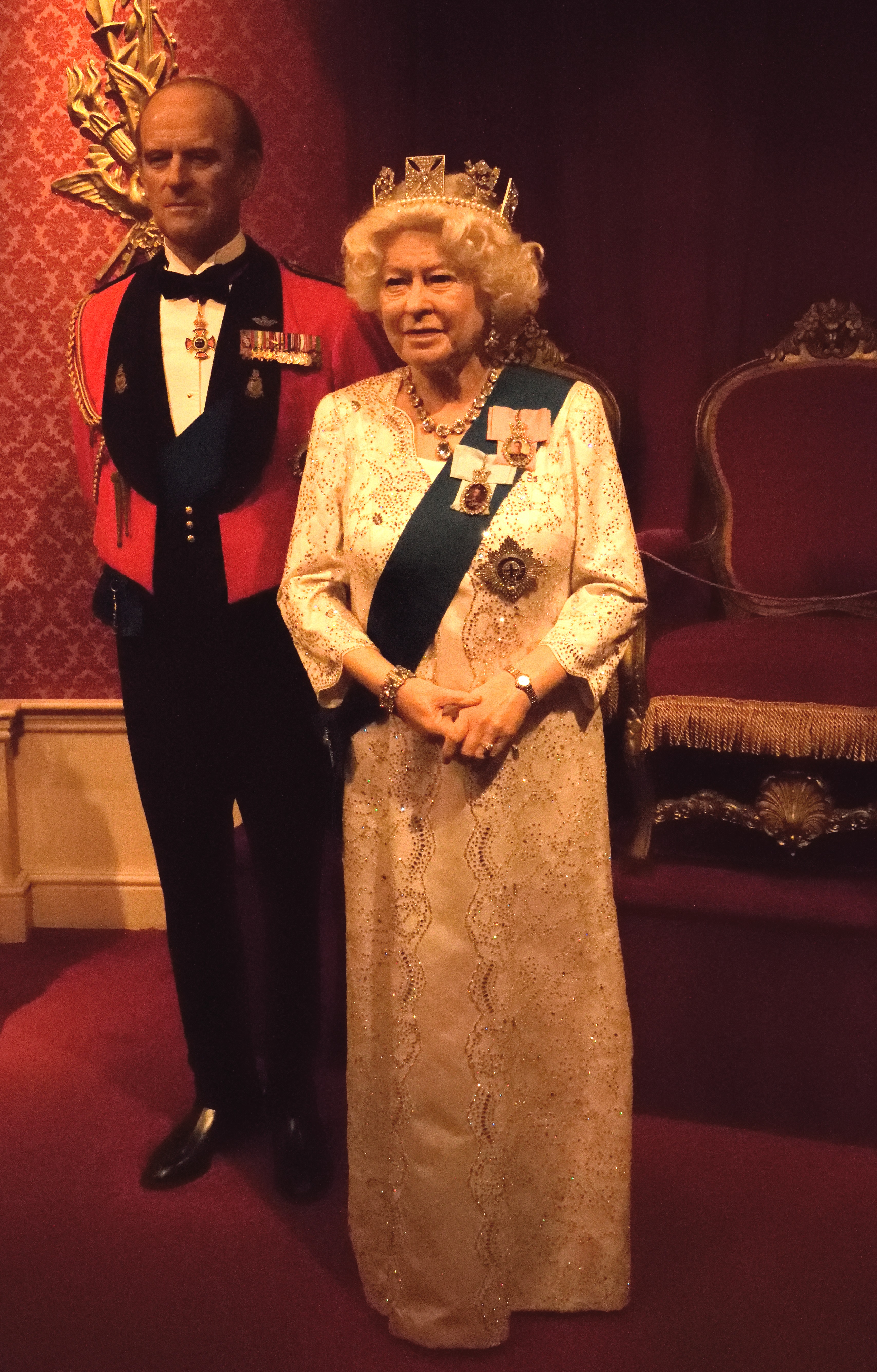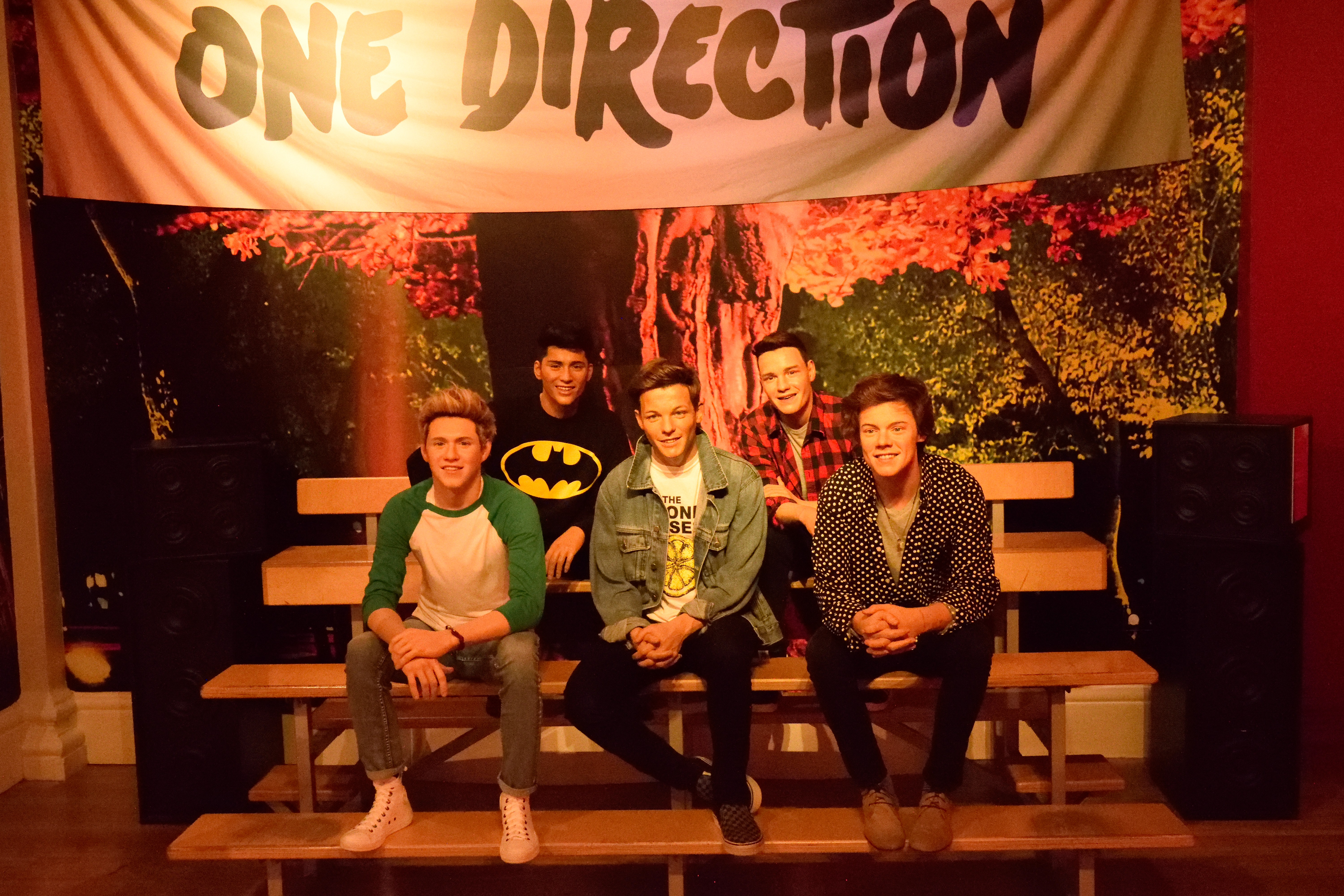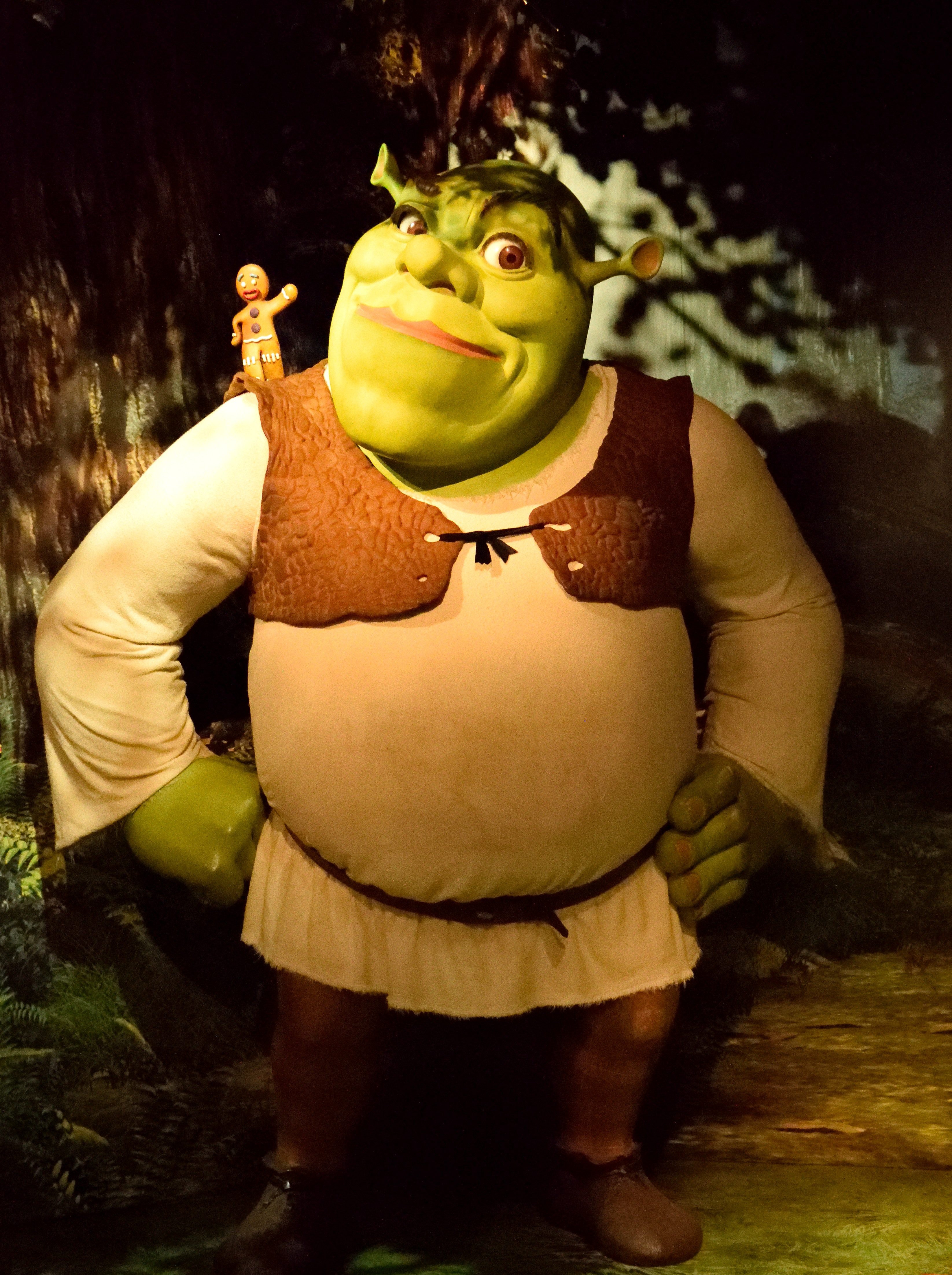
The official walk is from Woolwich foot tunnel to Falconwood bridge and is 11.7km. The nearest train stations are Woolwich Arsenal station and Falconwood station. This adds a little under a km to the walk and is well worth the extra because Woolwich Arsenal and Woolwich Market are both interesting in their own right. Also, Woolwich Arsenal is a station on the newly opened Elizabeth line.

The Woolwich Market sign is the first thing you will see on leaving the station and although it is possibly not as vibrant as it has been at times in the past, there has been a market in that square for over 400 years! Walk through the market, through Woolwich Arsenal, a mixture of ancient cannons and modern apartments and just before you arrive at the Thames you will come to a lovely piece of open-air art – “Assembly” by Peter Burke. When it was first installed, many people (including me) thought it was by Anthony Gormley, but although there is a similarity in their work (both brilliant), this is definitely more in Burke’s style.

Soon we arrive at the entrance to Woolwich Foot Tunnel which goes under the Thames. This is the official starting point and when we emerge from this in a few weeks’ time, it will signify the completion of the Capital Ring. It was built in 1912 and you are allowed to cycle through as well as walk. If you have a car or lorry there is the Woolwich Free Ferry, I guess this would also be an option if you were claustrophobic and did not wish to walk under the river. There has been a ferry at this point for possibly a thousand years, there is reference to it in the Doomsday book in 1086.

This part of the Thames was a Royal Naval Dockyard in the times of Henry VIII and Elizabeth I. Many of the most famous ship were built here including the Ark Royal, HMS Vanguard and HMS Beagle, made famous by Darwin’s voyage. The Thames Barrier has been here since 1984, built after the 1953 floods in which hundreds of people drowned.
This is where we leave the river and head south through a series of parks. Maryon Park and Maryon Wilson Park were both originally sandpits and Maryon Park was the setting for the 1966 film “Blow Up”. Next up is Charlton Park which holds Charlton House, which was the home of the aforementioned Maryon Wilson Family. It looks very imposing, a fine example of a Jacobean house, it was built in 1612.

Then we go through Hornfair Park, where the infamous Charlton Horn Fair used to happen until it was banned in the 19th Century because of continuous “unseemly behavior”. Tut, tut, those naughty Victorians! On to Woolwich Common where the Royal Military Academy was situated until it moved to Sandhurst in 1948. This is where Generals like Gordon, Kitchener and Wingate were trained. Off the Common we cross Shooters Hill, which could be named for the soldiers that used to train here or for the Highwaymen for which it was notorious. Dick Turpin plied his trade here.

Next, we go through a series of woods. Castle Wood which holds the triangular, Severndroog Castle, which is named after a pirate fortress in 18th Century India. This is the highest point of the Capital ring, giving long views over south London. Jack Wood is an oak wood and has a beautiful carpet of leaves, if you manage to visit it in a season when it hasn’t been too wet.

Oxleas Meadows lead into Oxleas wood. Oxleas Meadows has a lovely cafe which does tea, coffee, sandwiches and hot food. This also has lovely long views over the South of London. Oxleas Wood has many ring-necked parakeets. Bright green and noisy, you are likely to see them in many places on the Capital Ring, but they are in abundance here.

Finally, a walk through Eltham Park North to Falconwood footbridge and then left to Falconwood station to catch the train back to London Bridge. A lovely 12.5k walk through leafy south London and I would guess that less than 1k of it was on city streets. If you have a morning or afternoon to spare in London this is a great way to spend it!






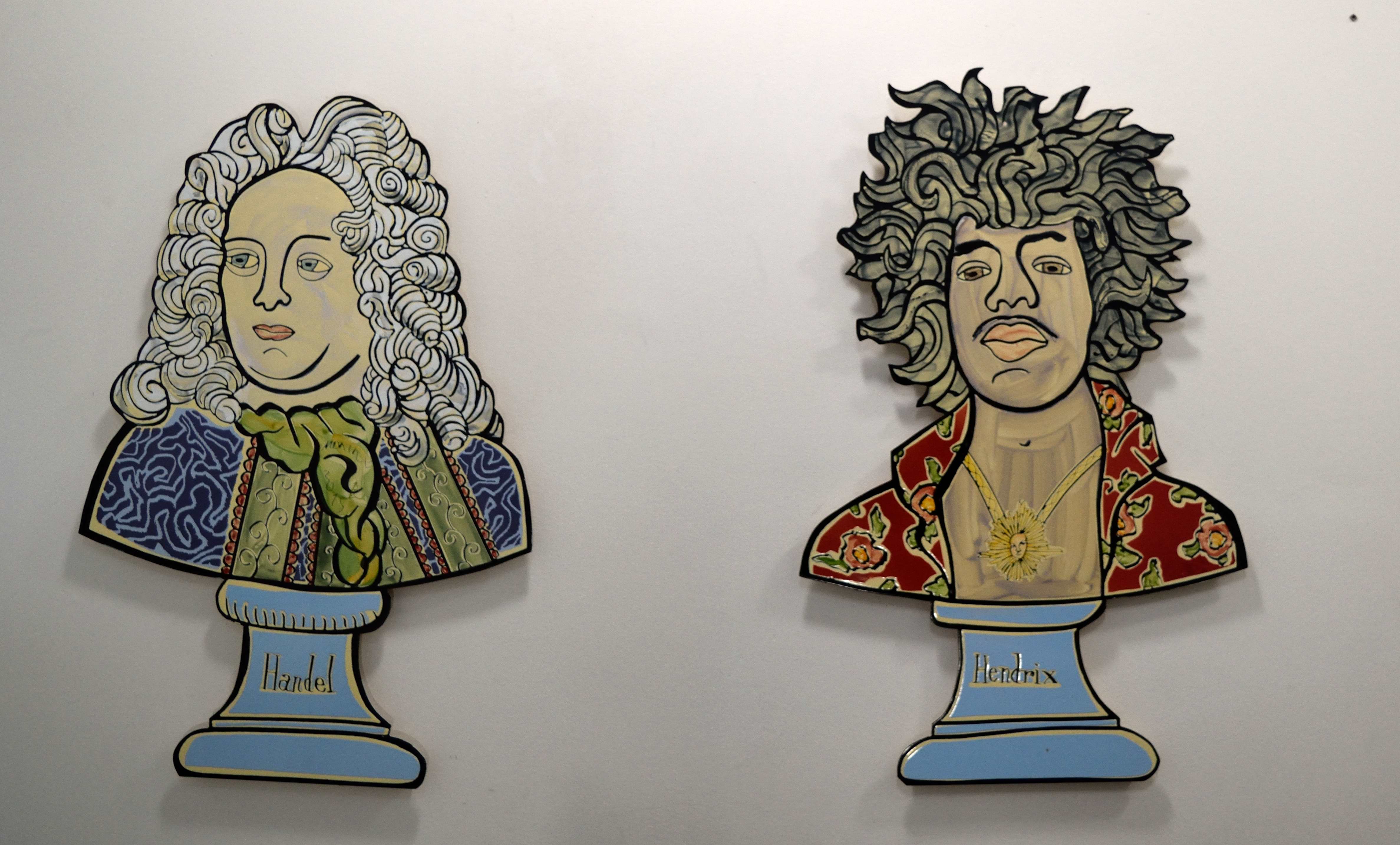
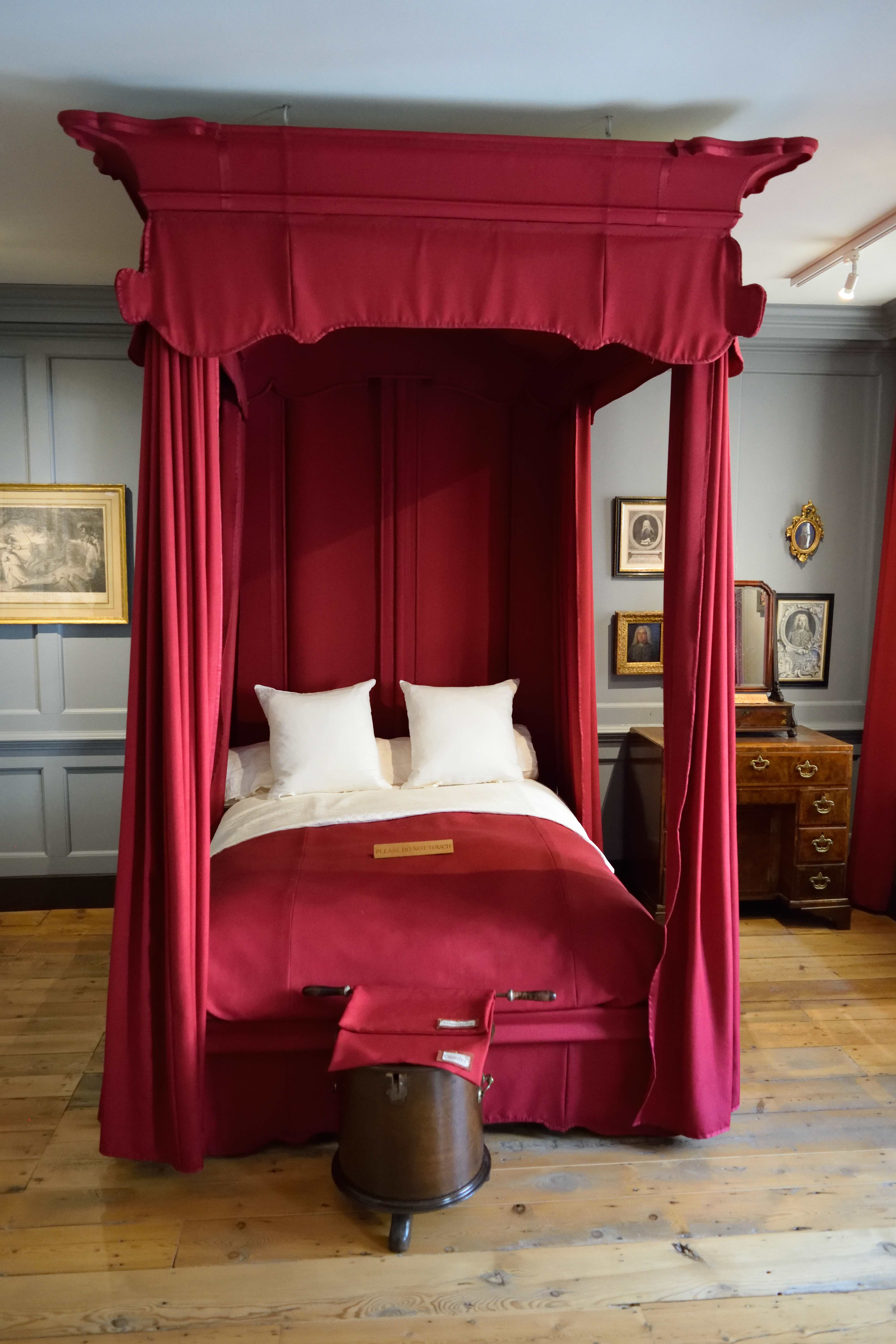
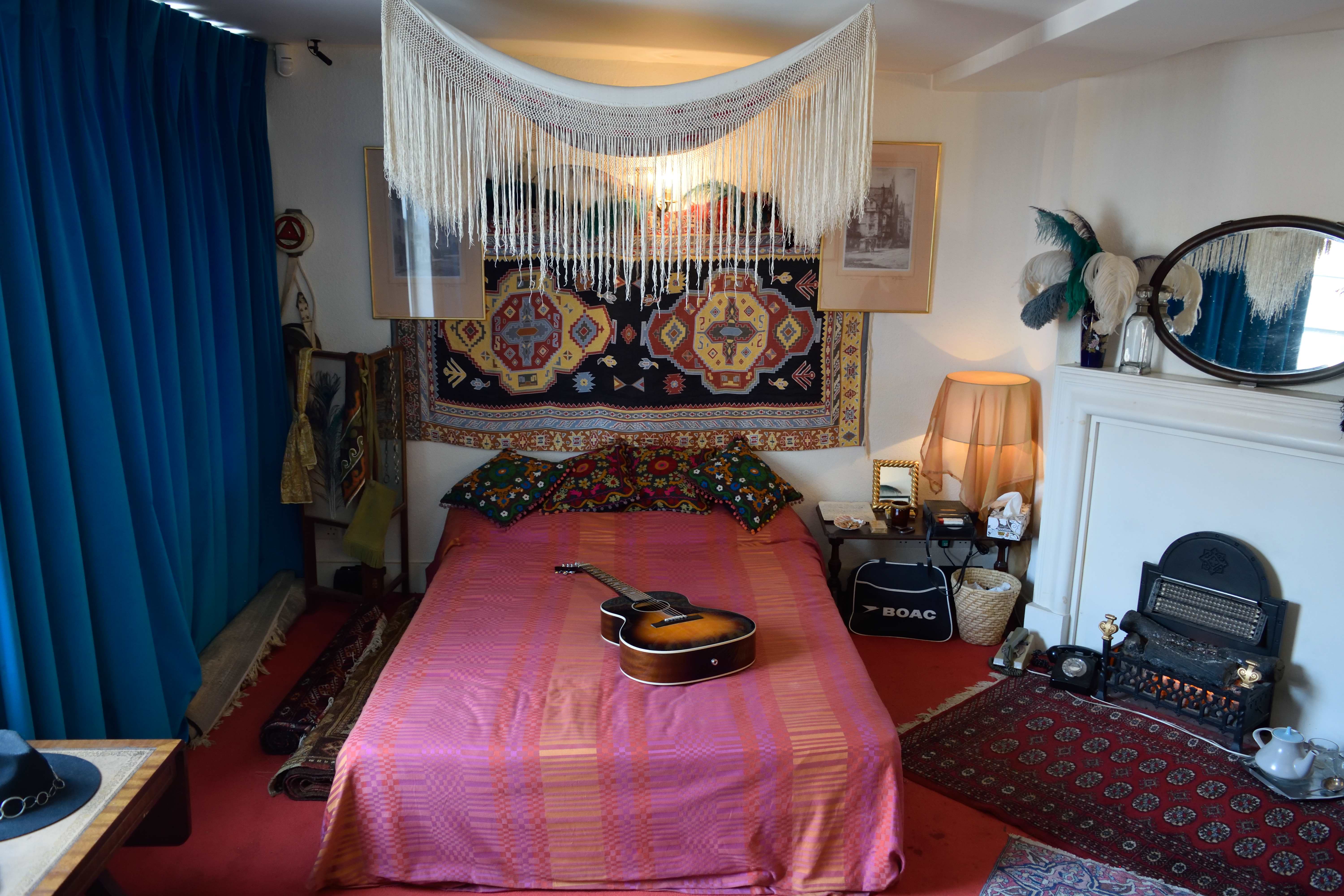
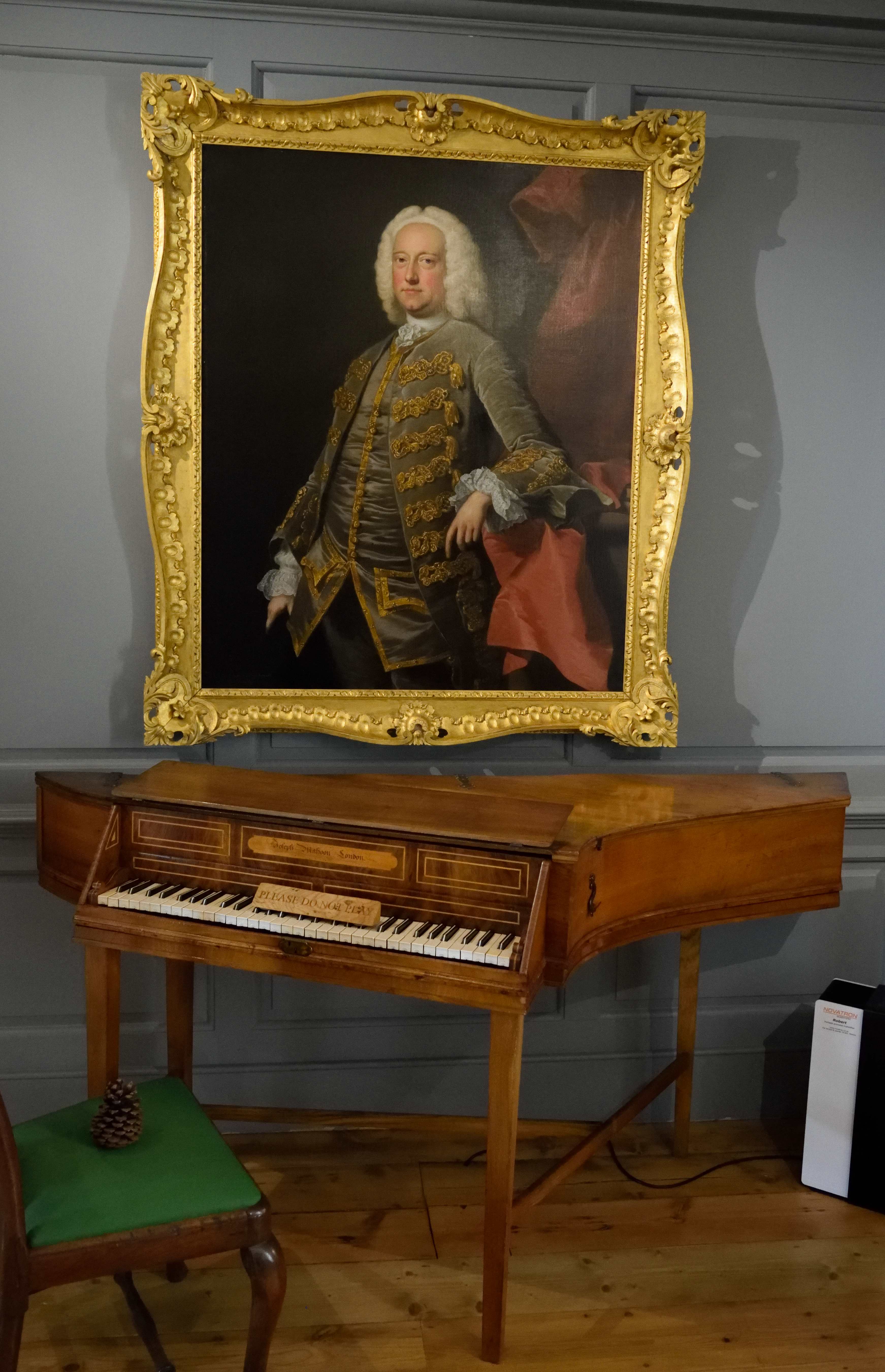
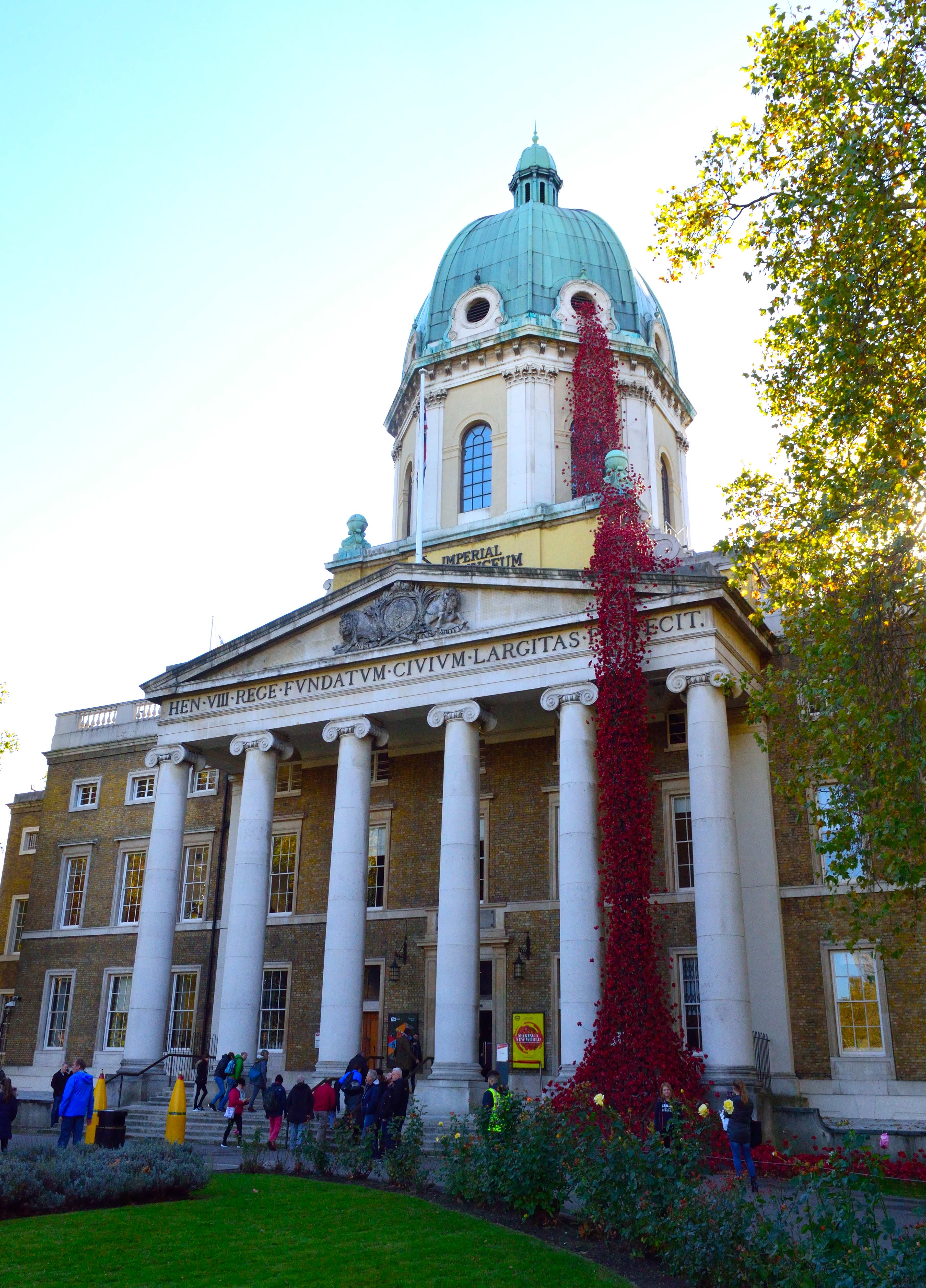
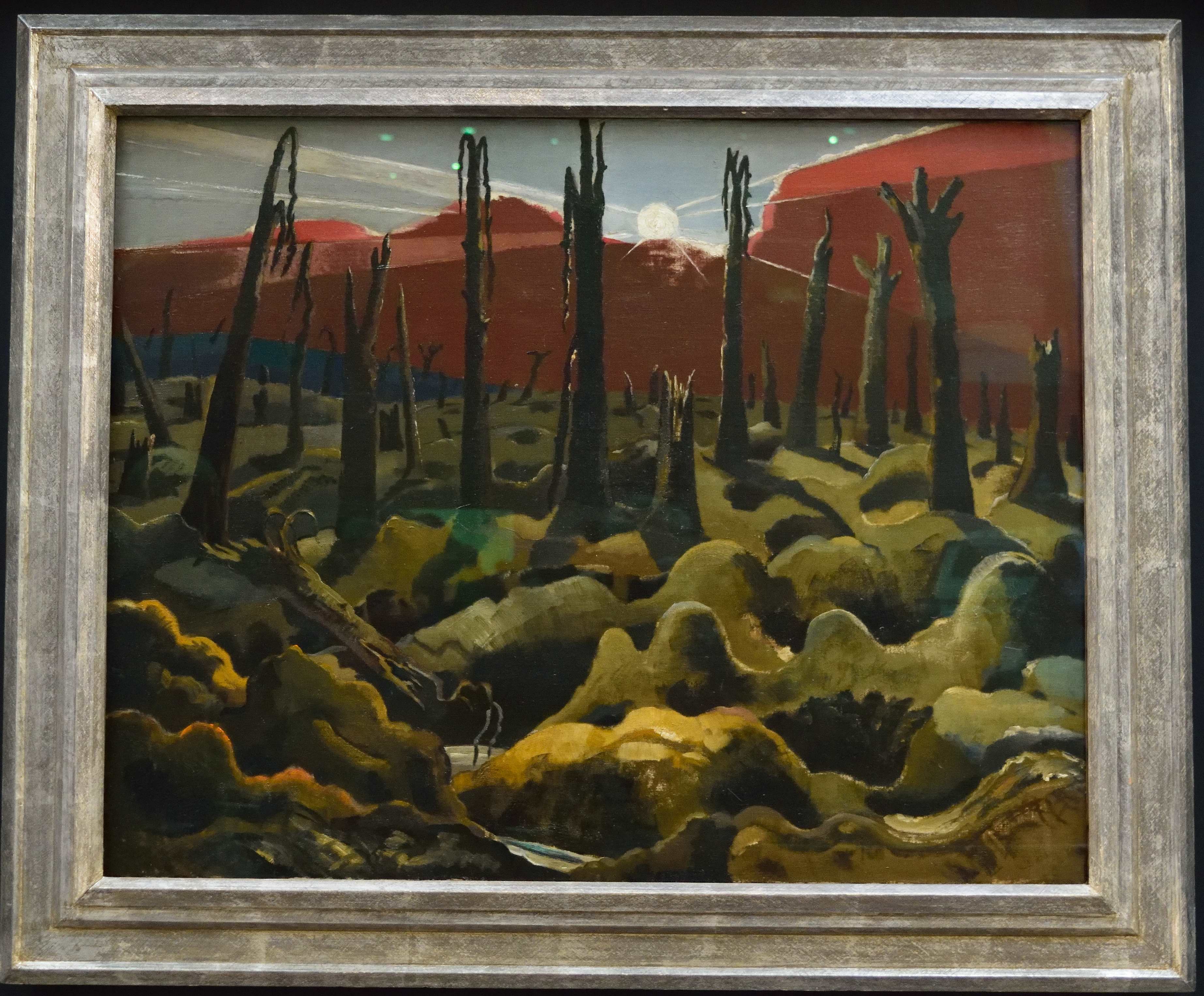
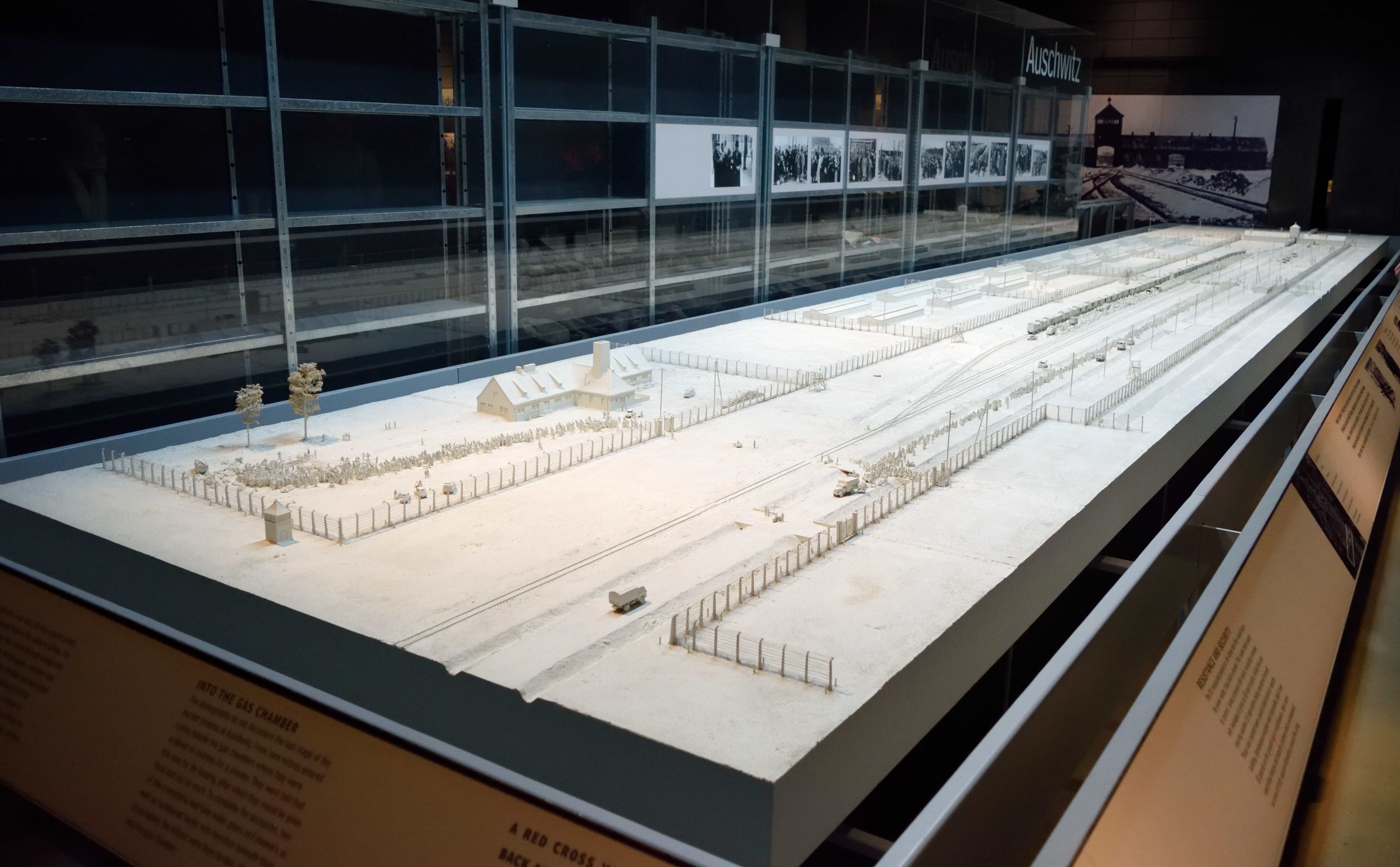
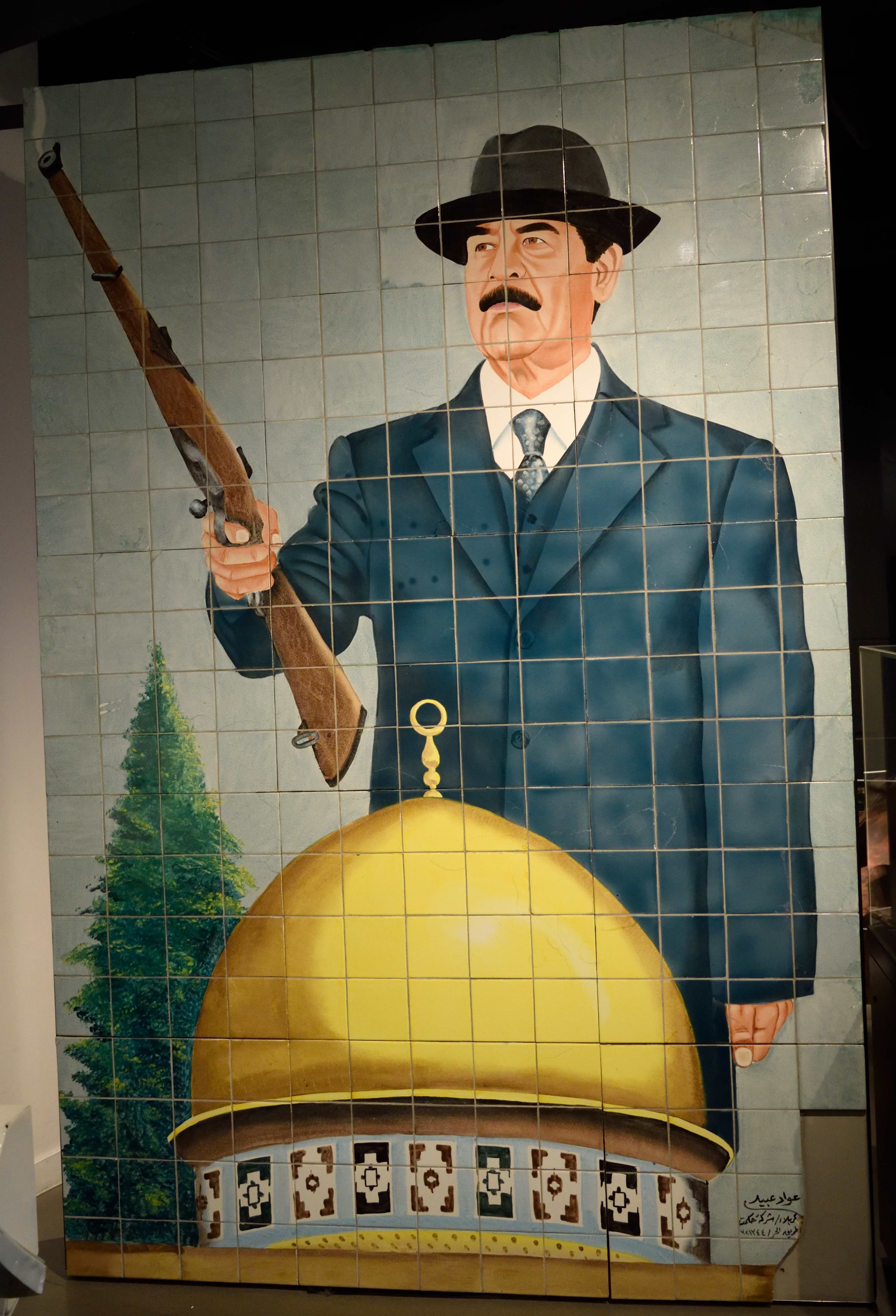
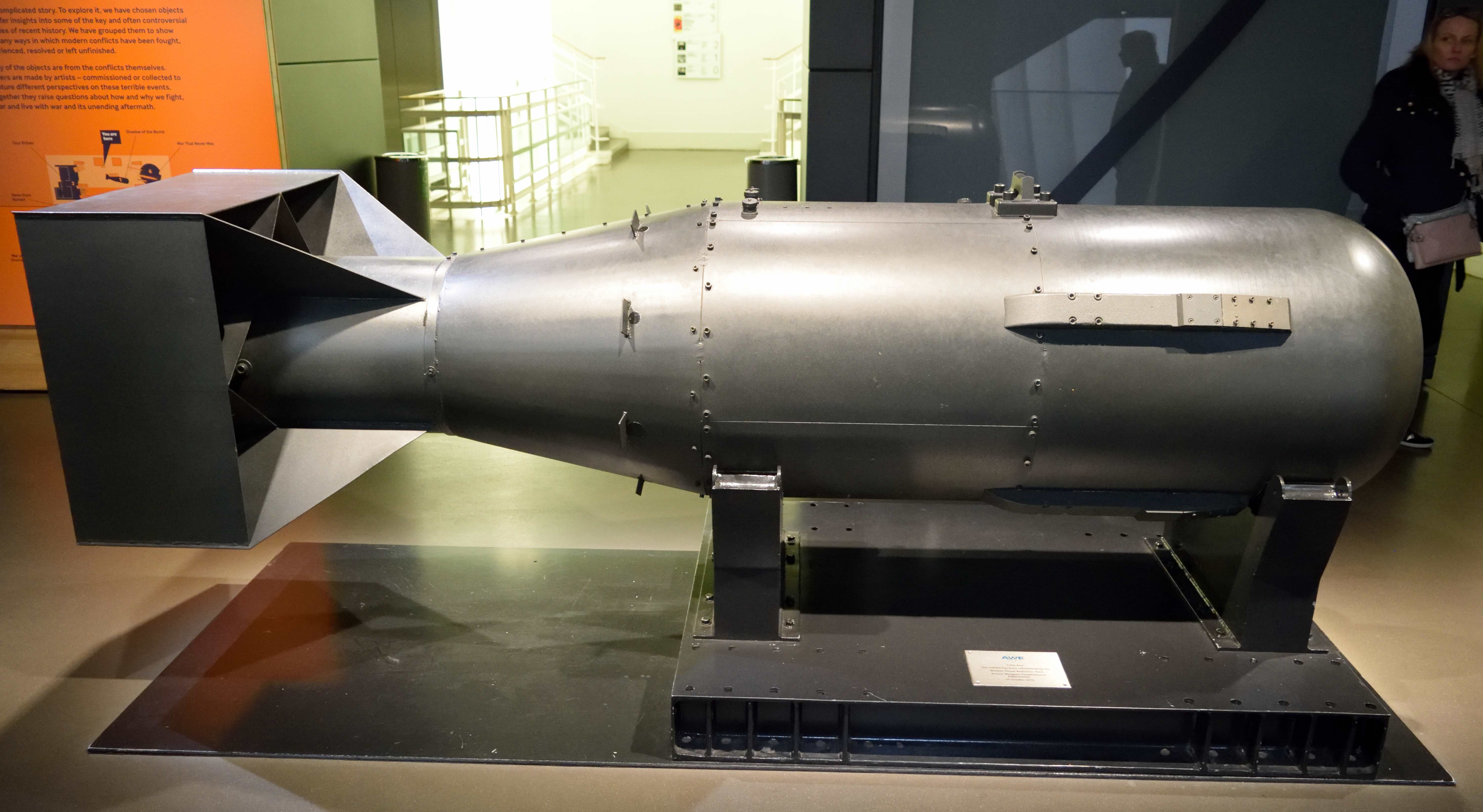
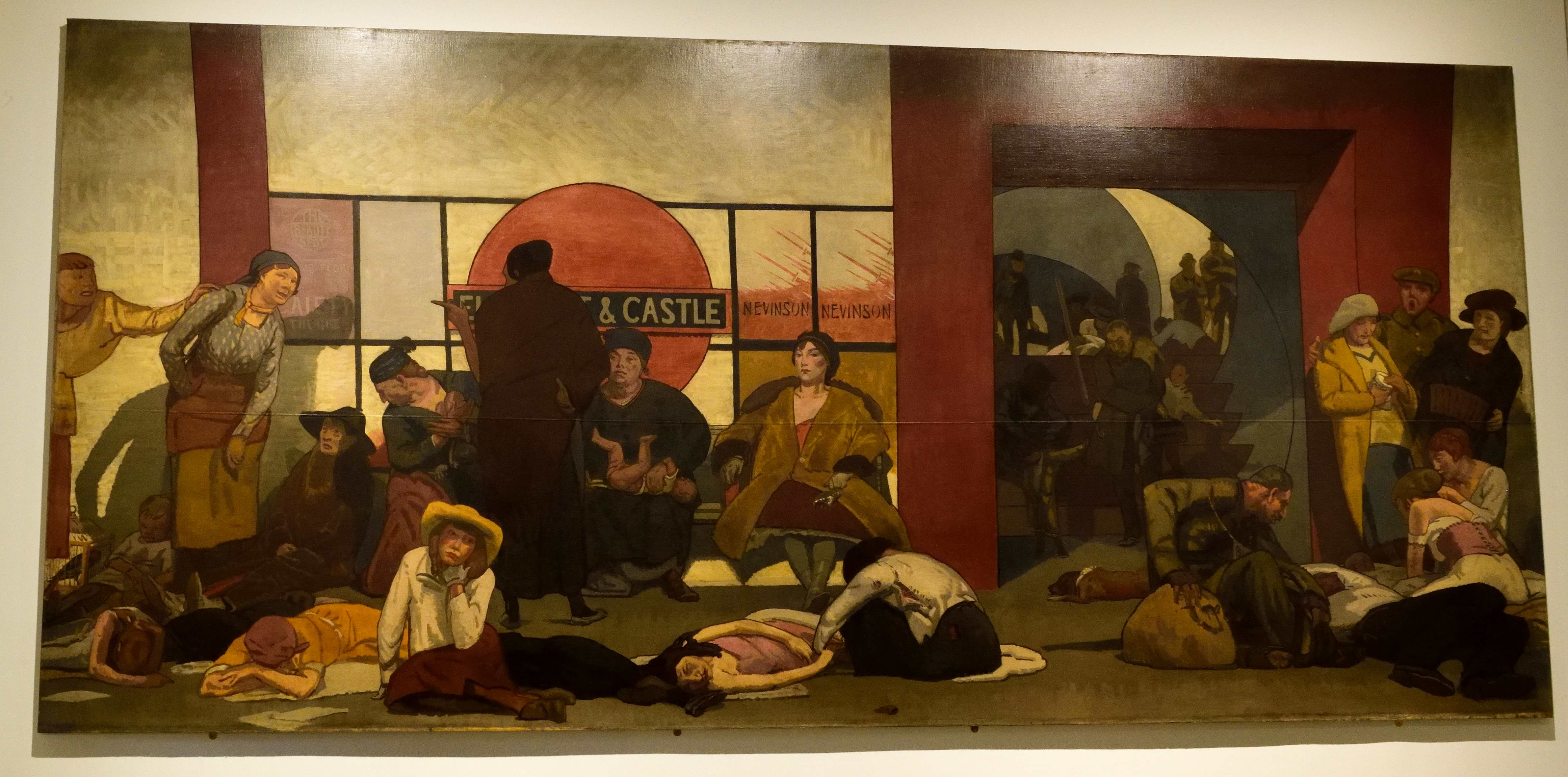
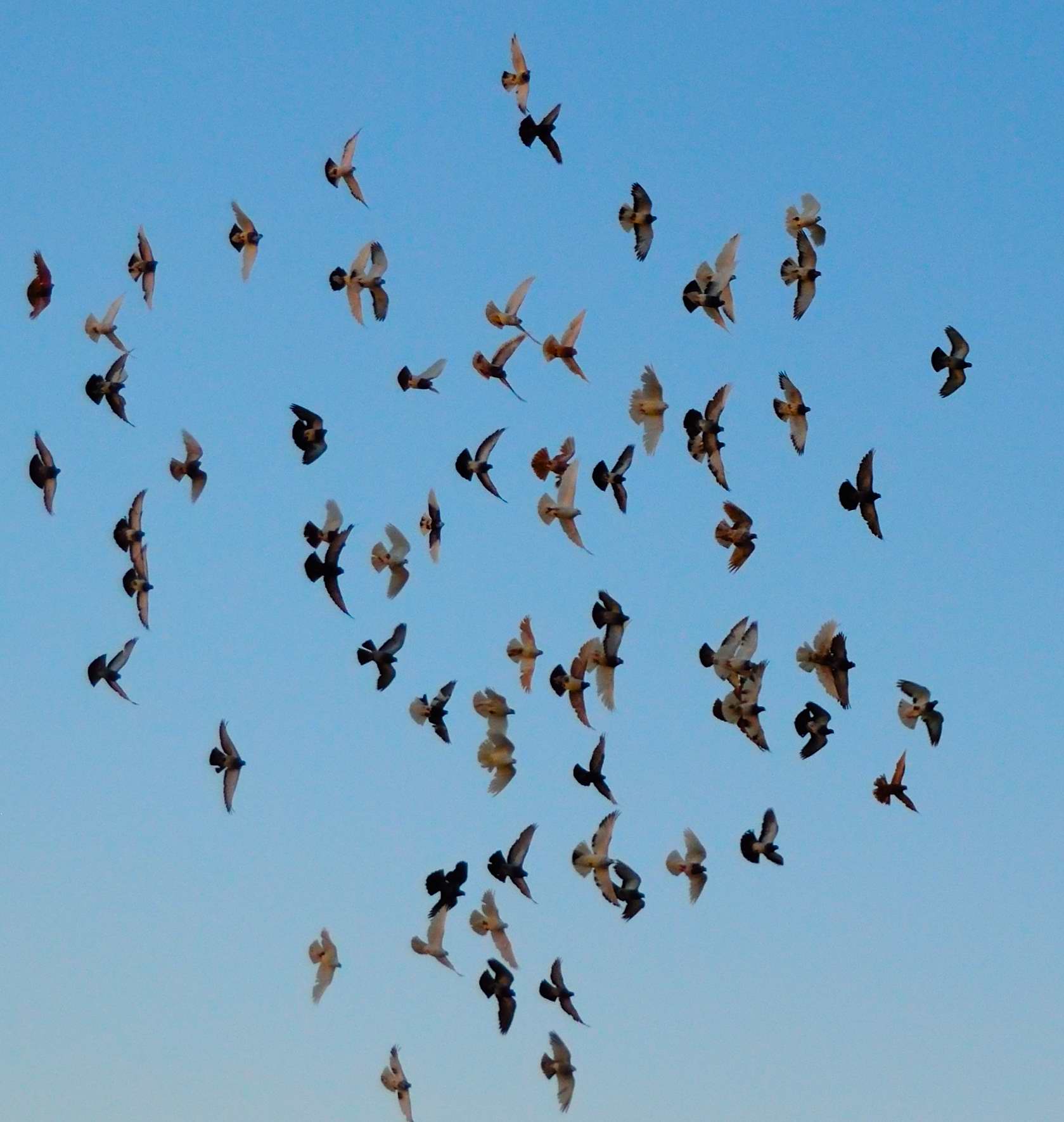
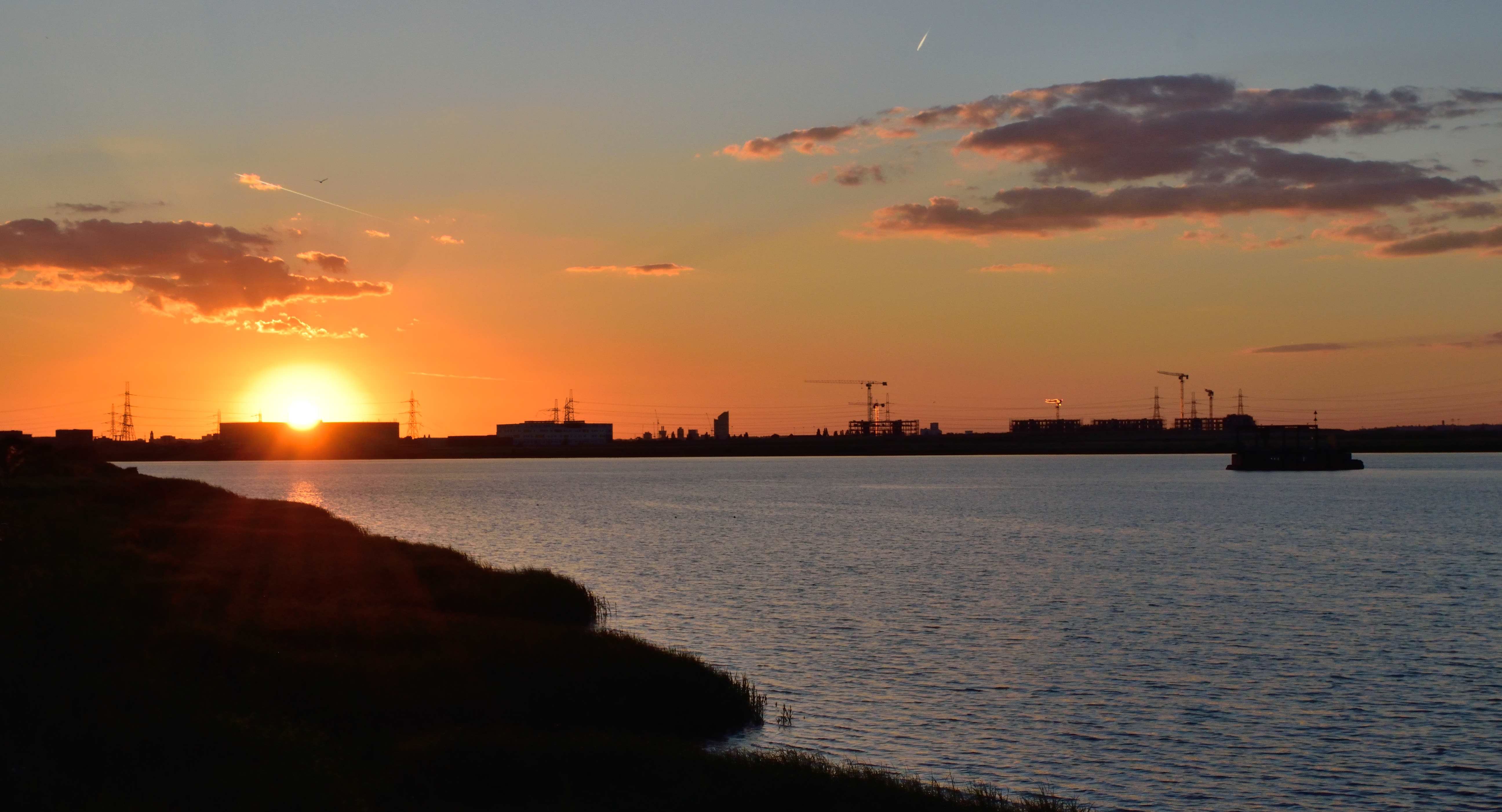
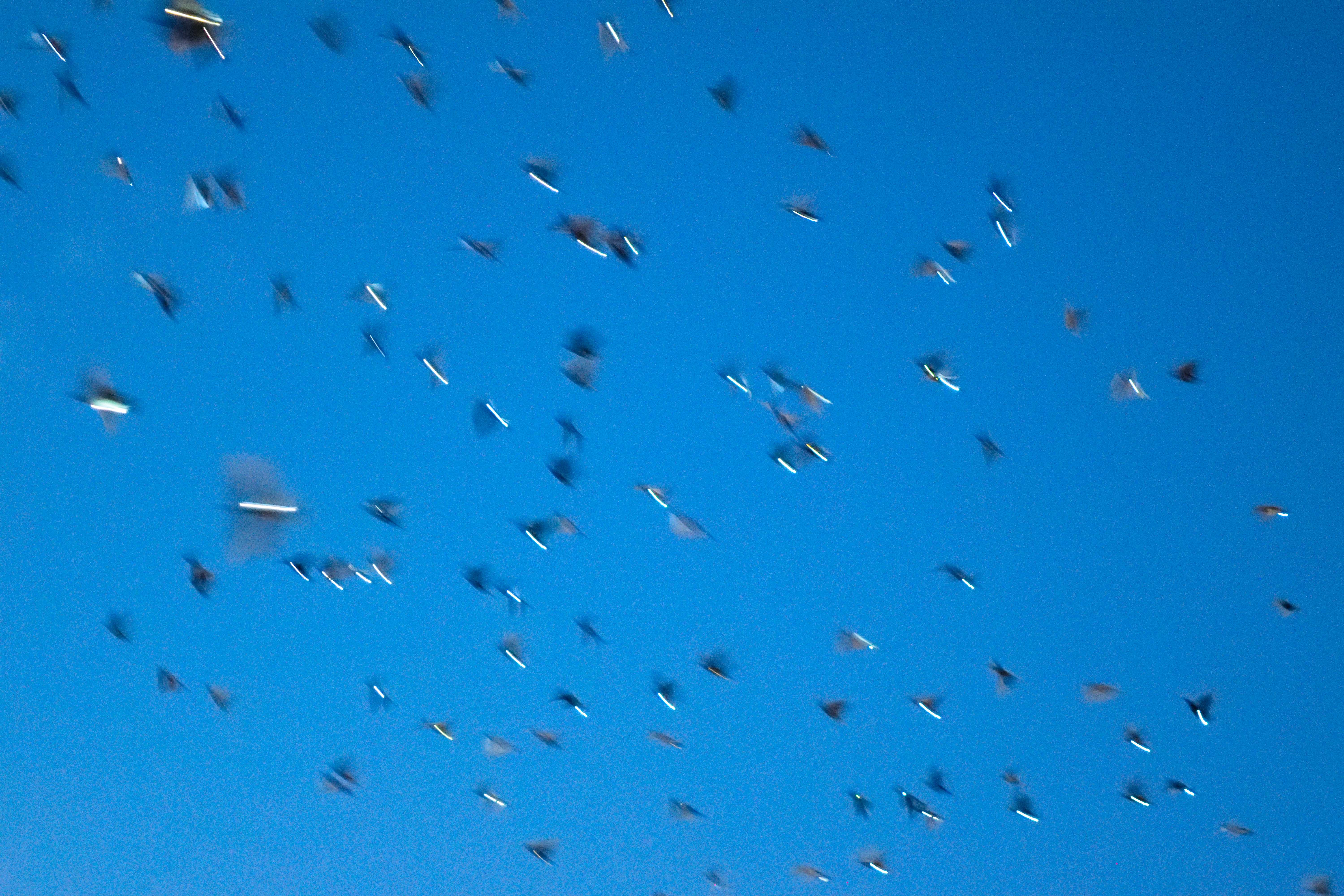
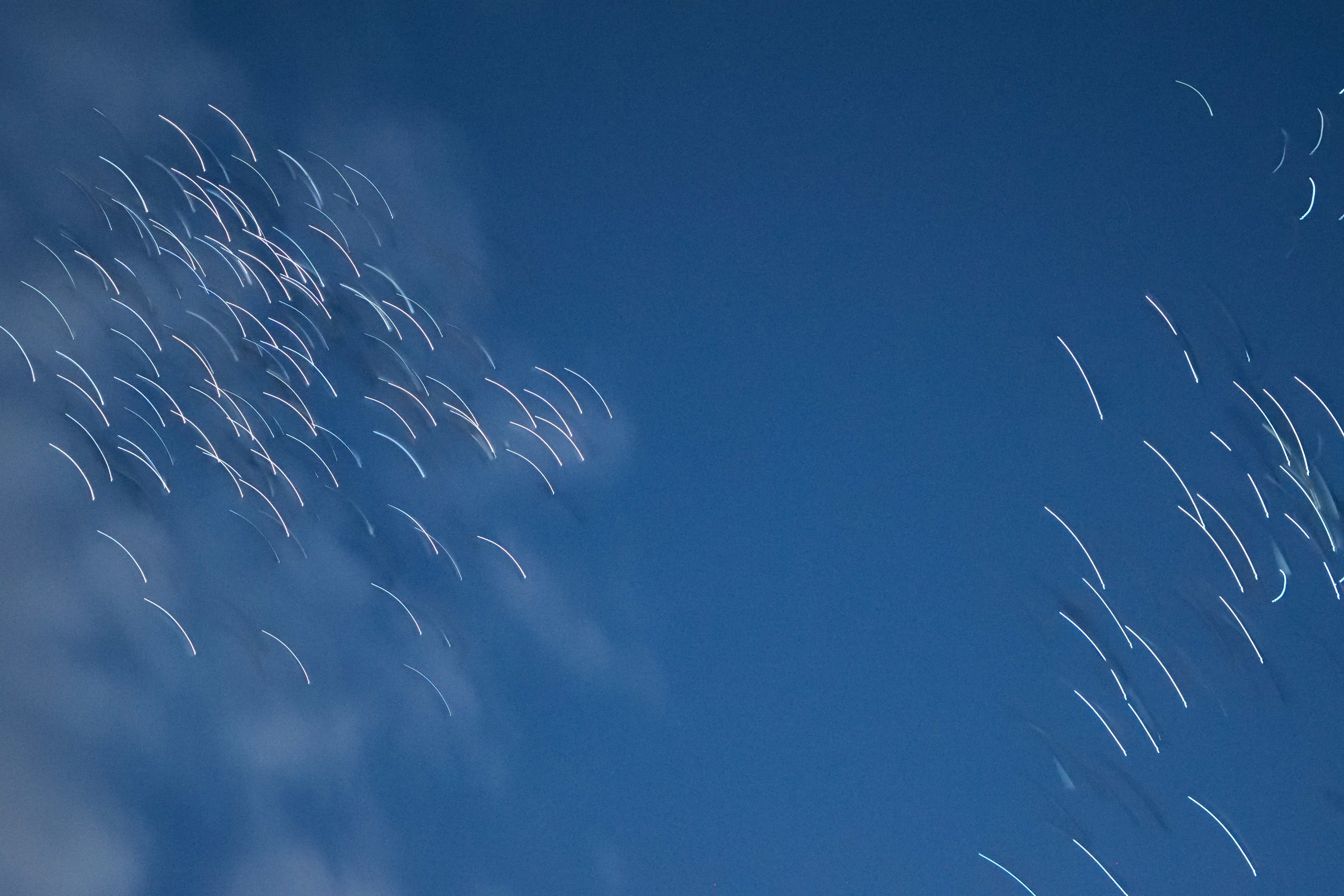
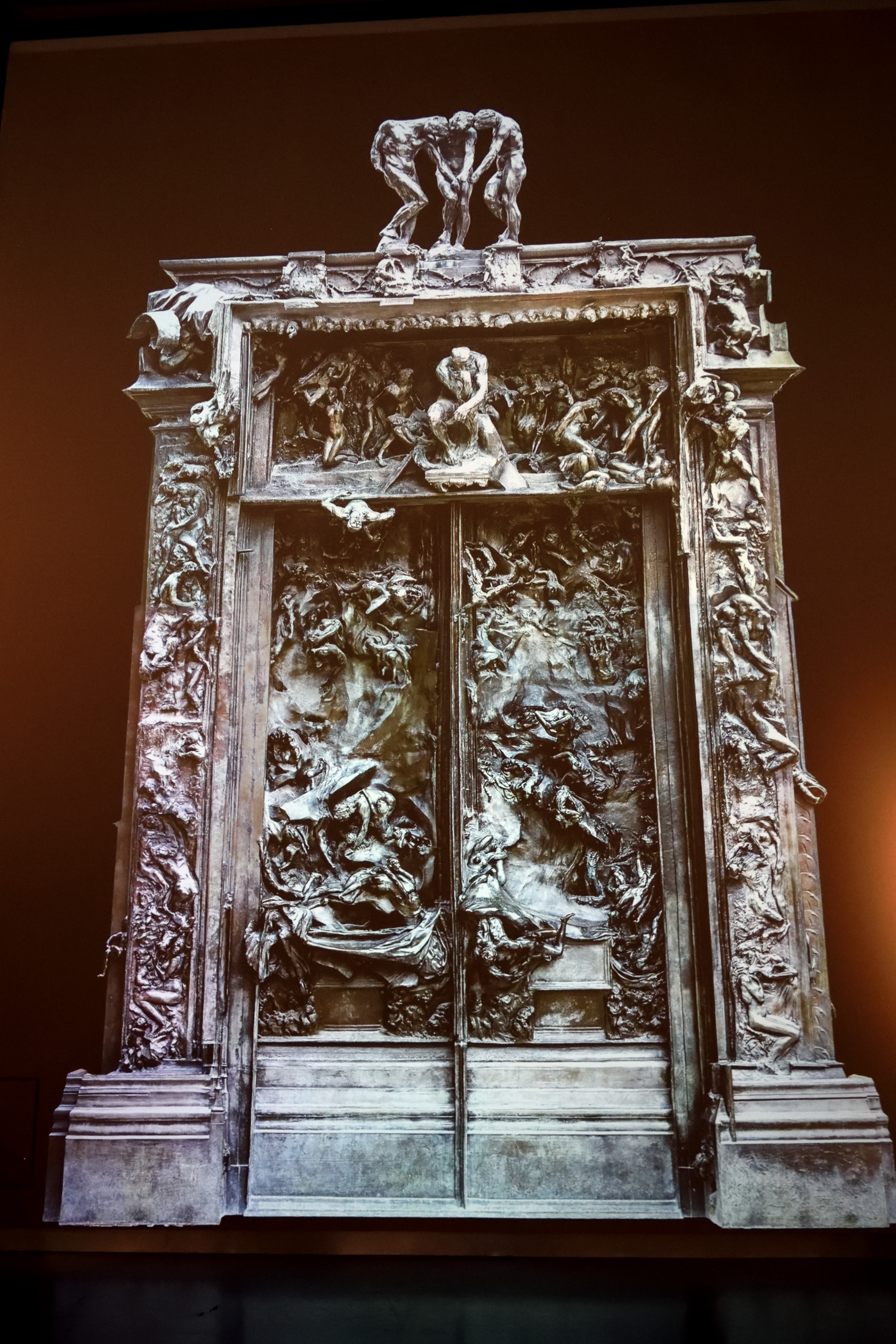
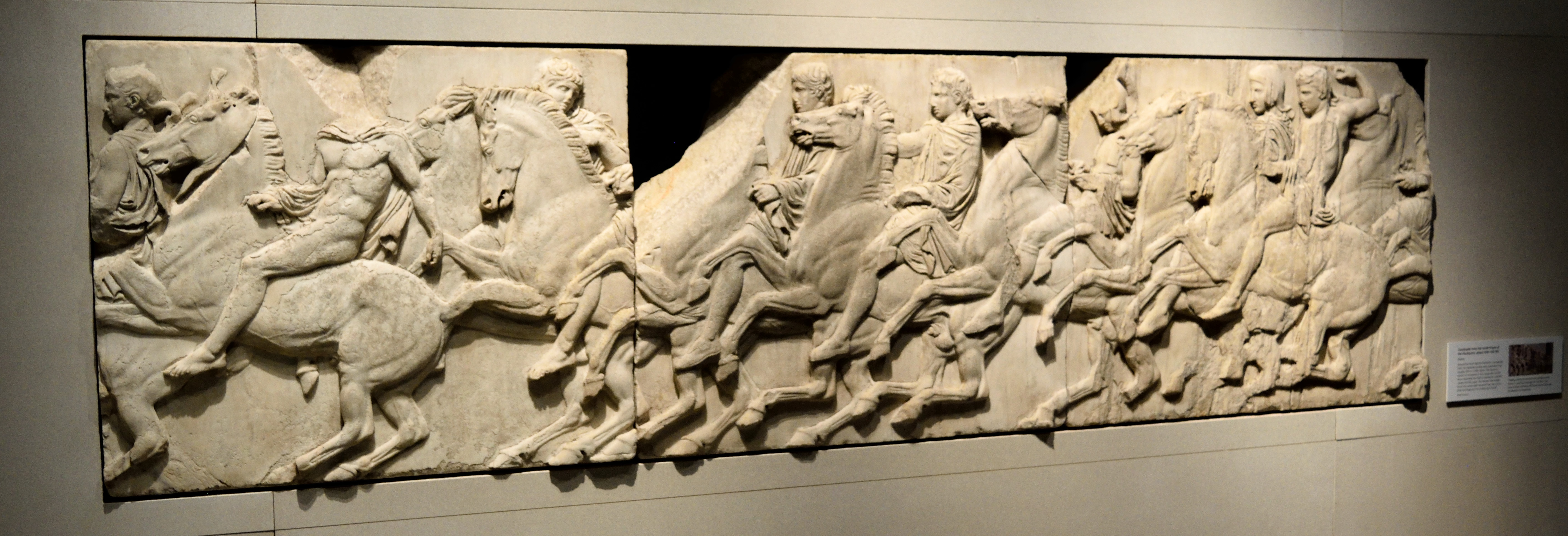
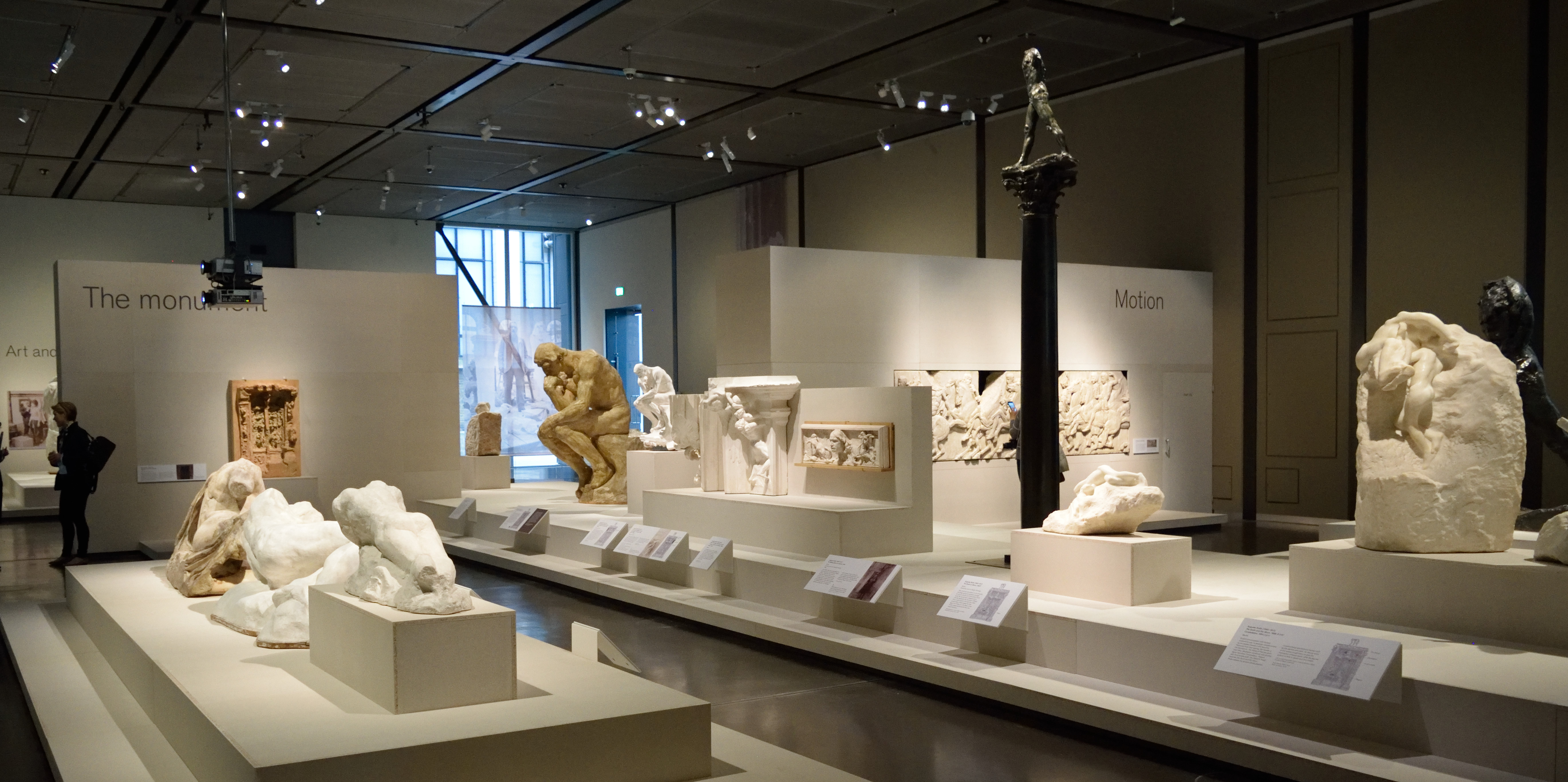
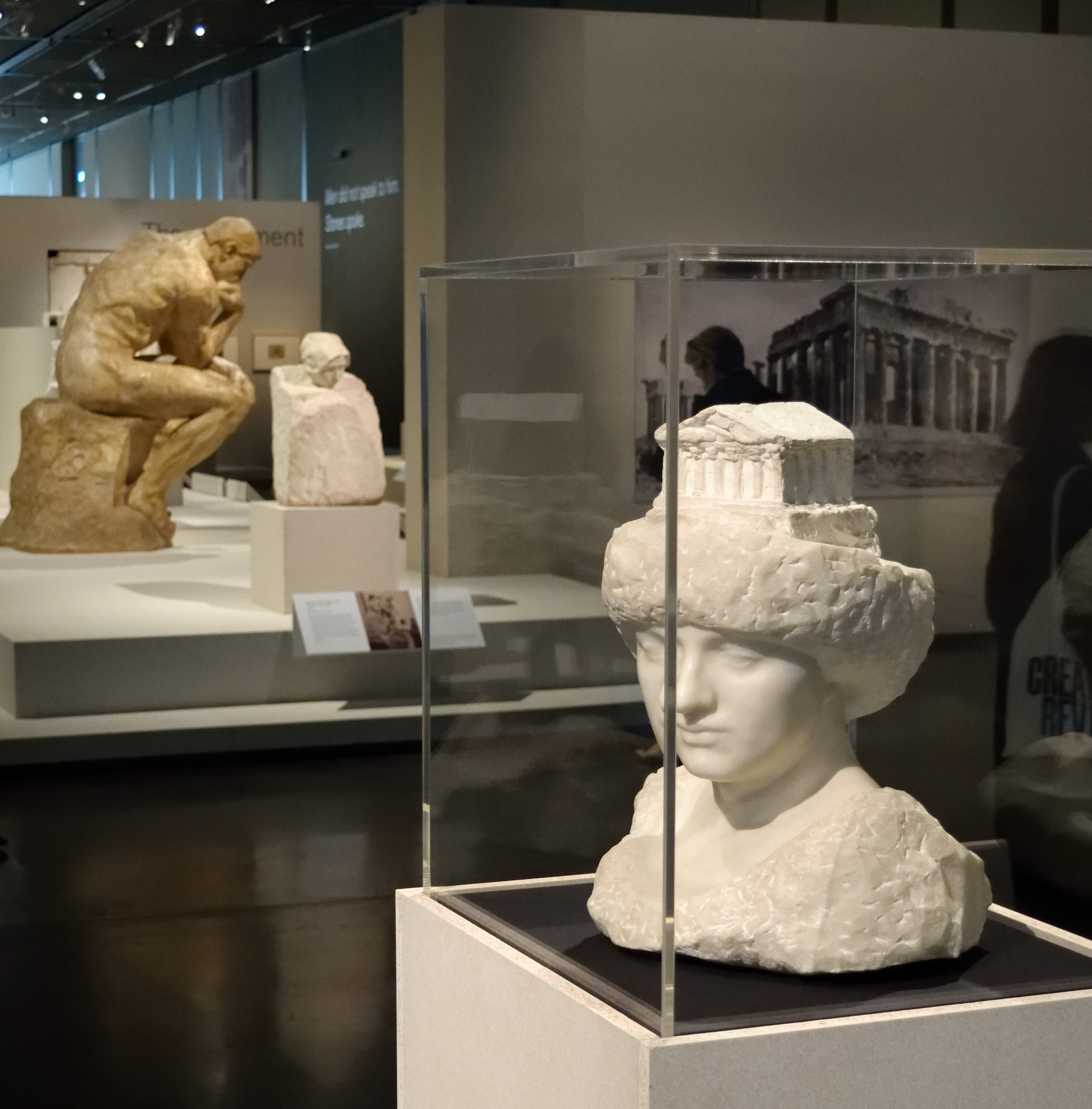
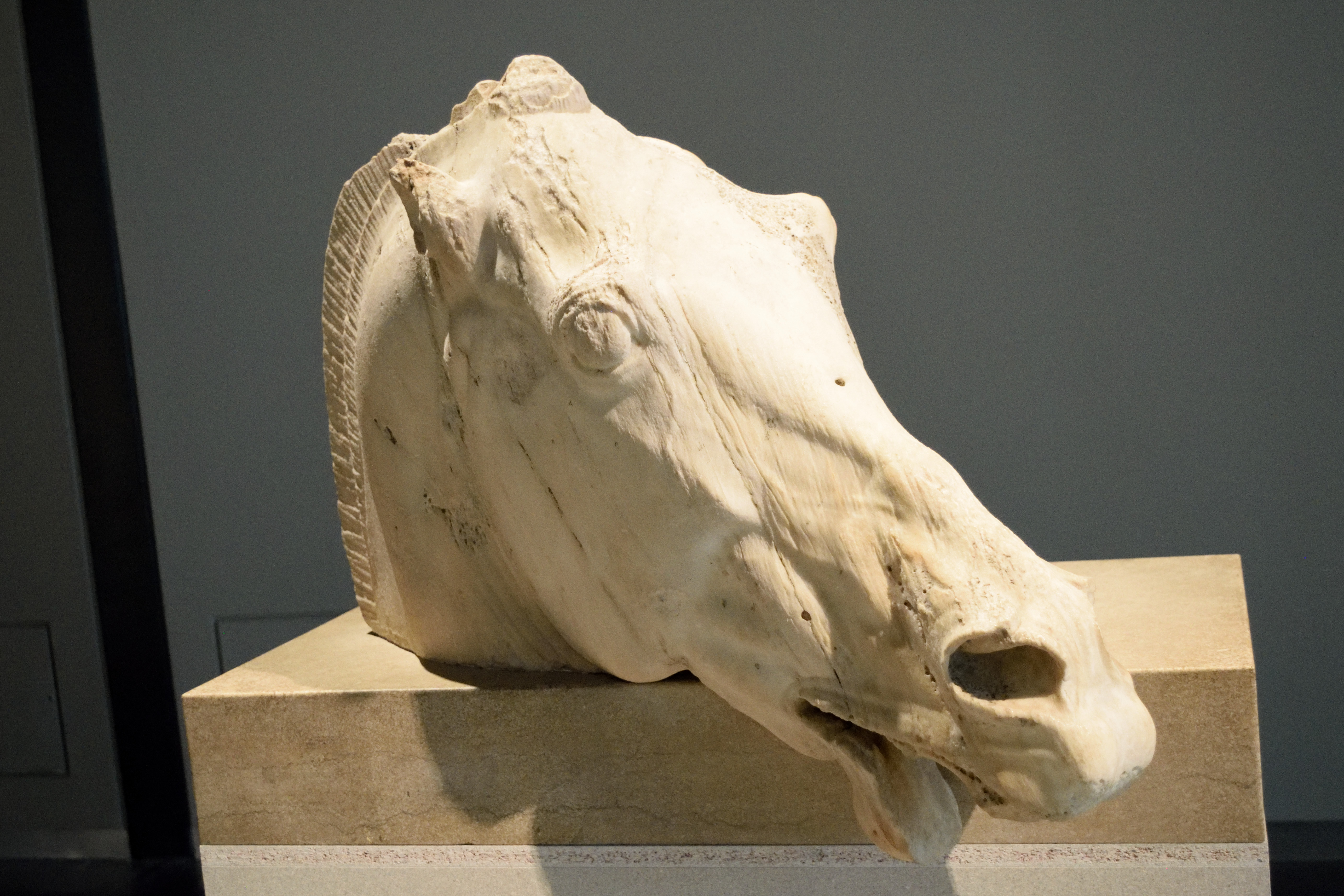
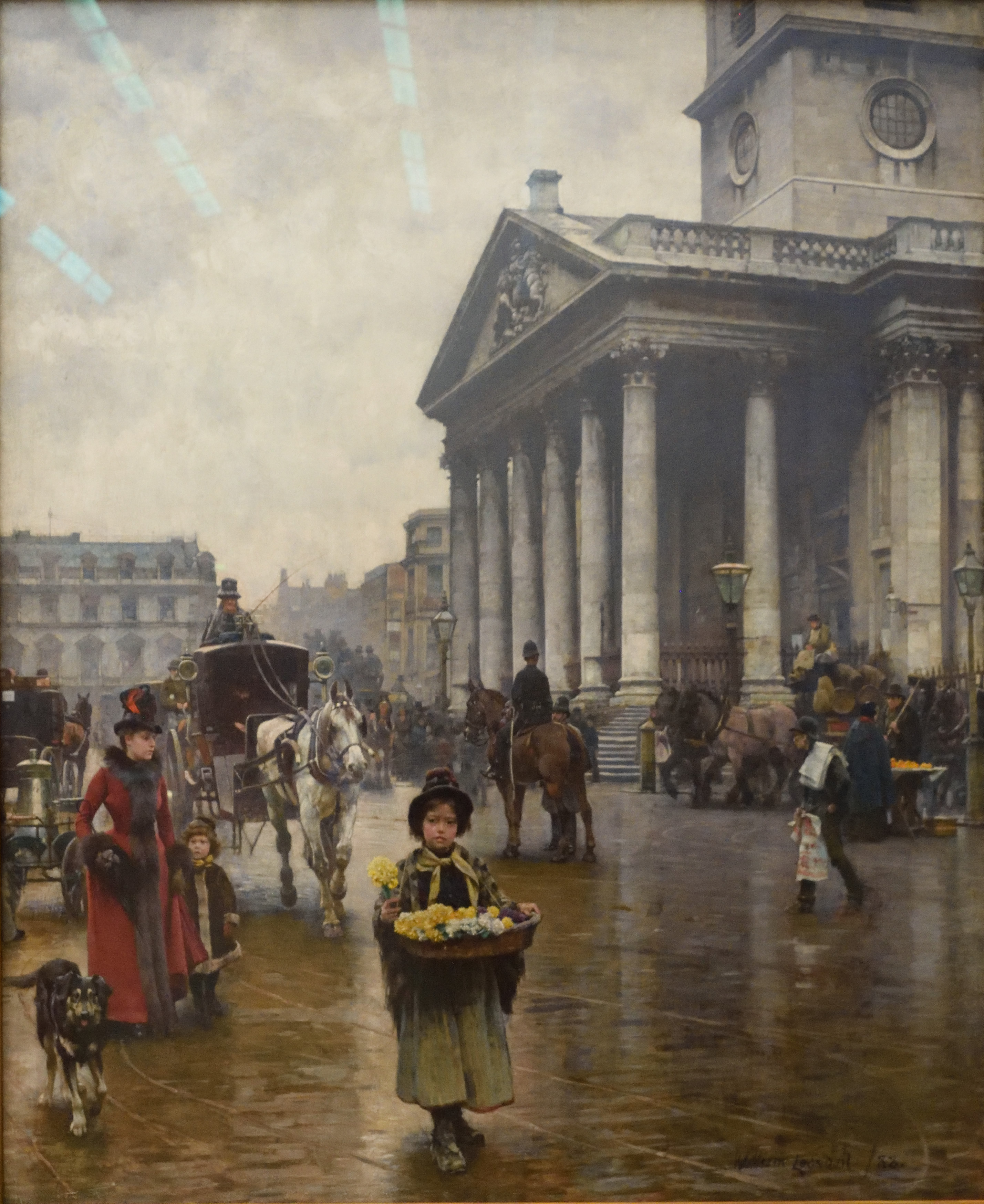
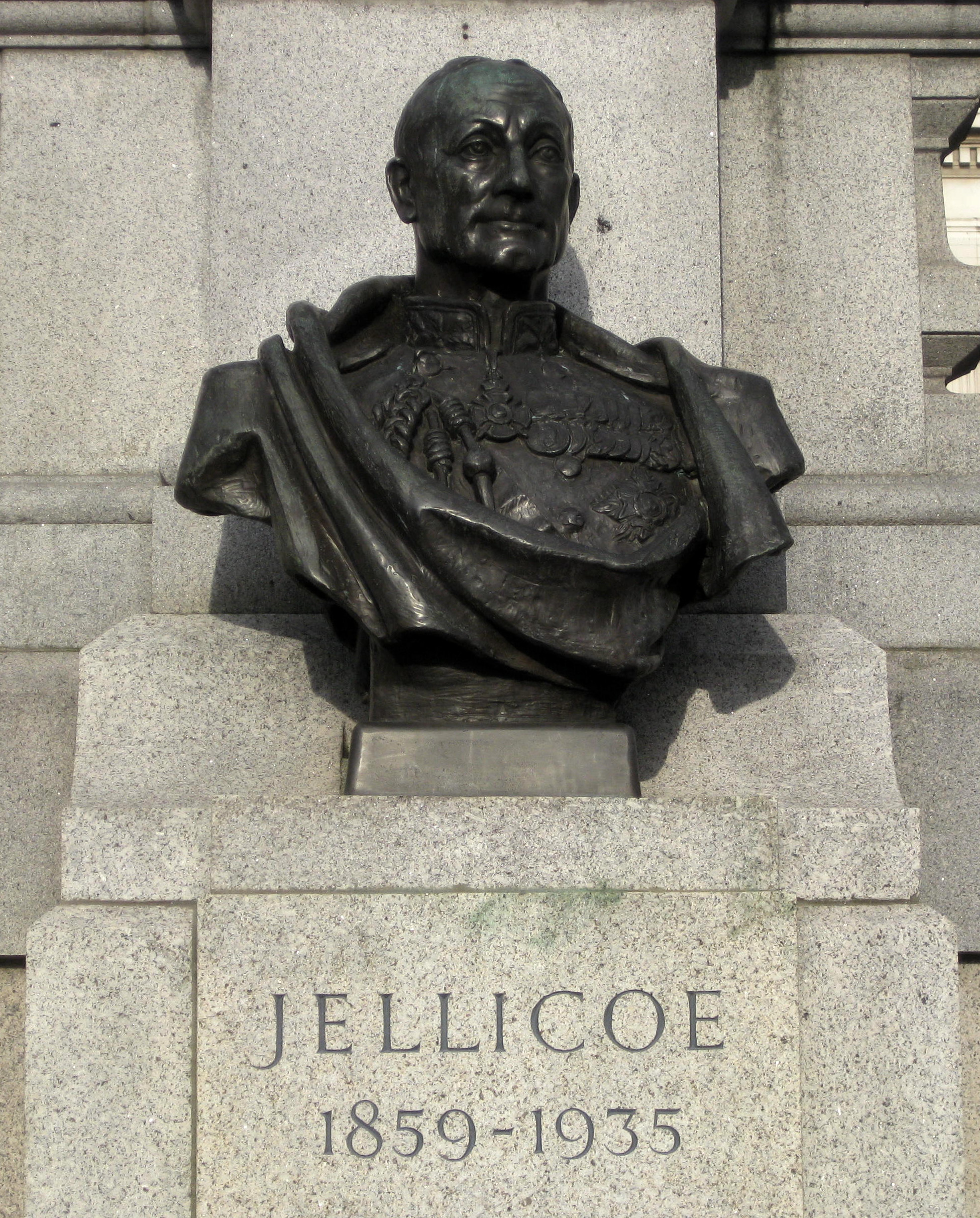
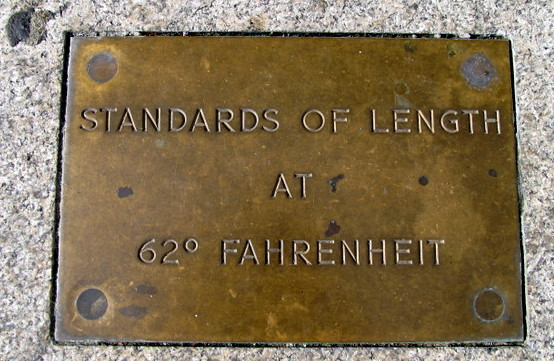

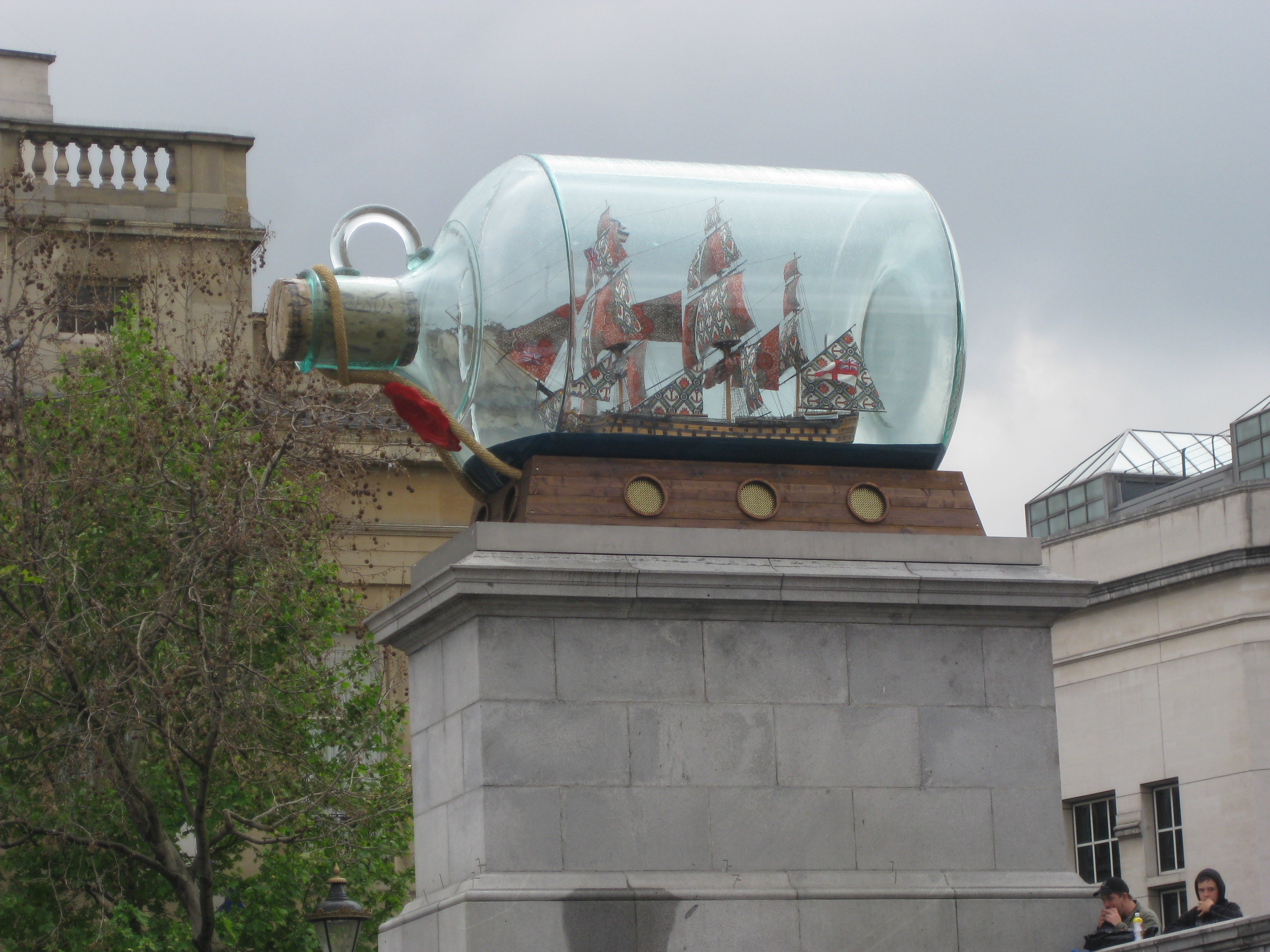
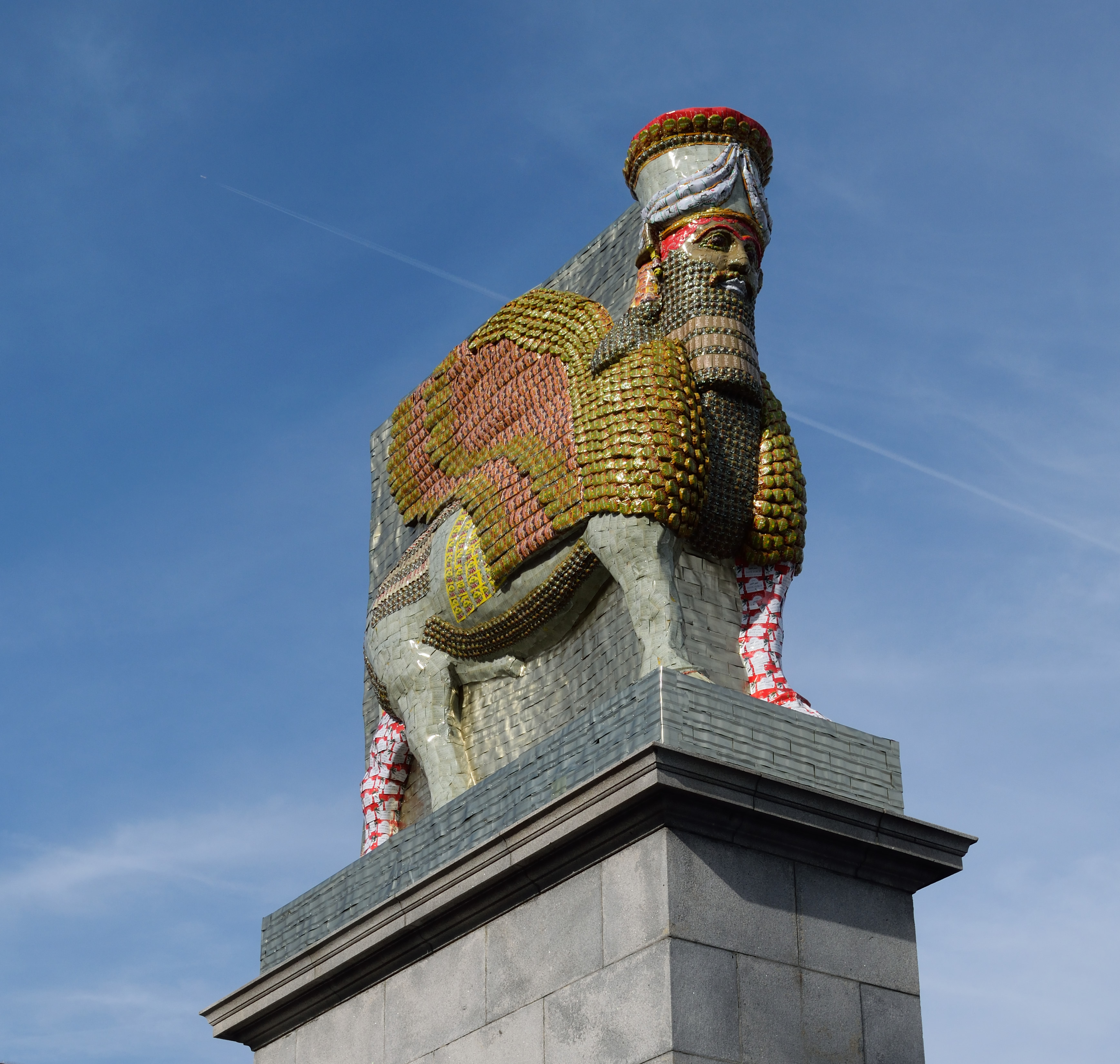
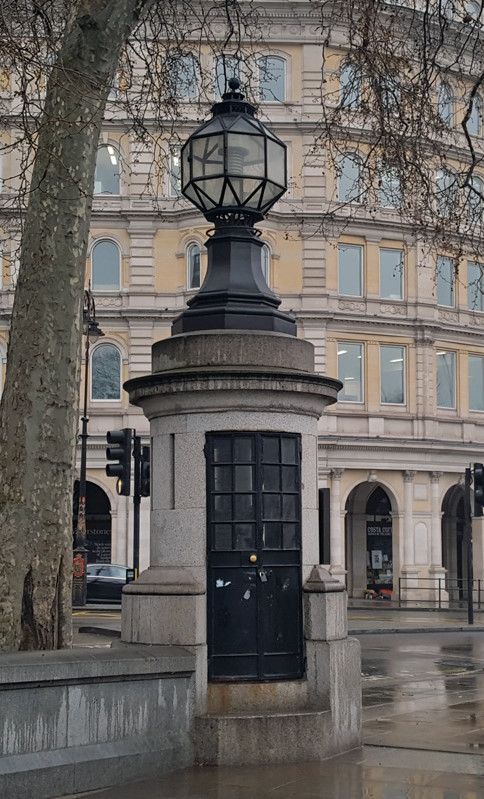
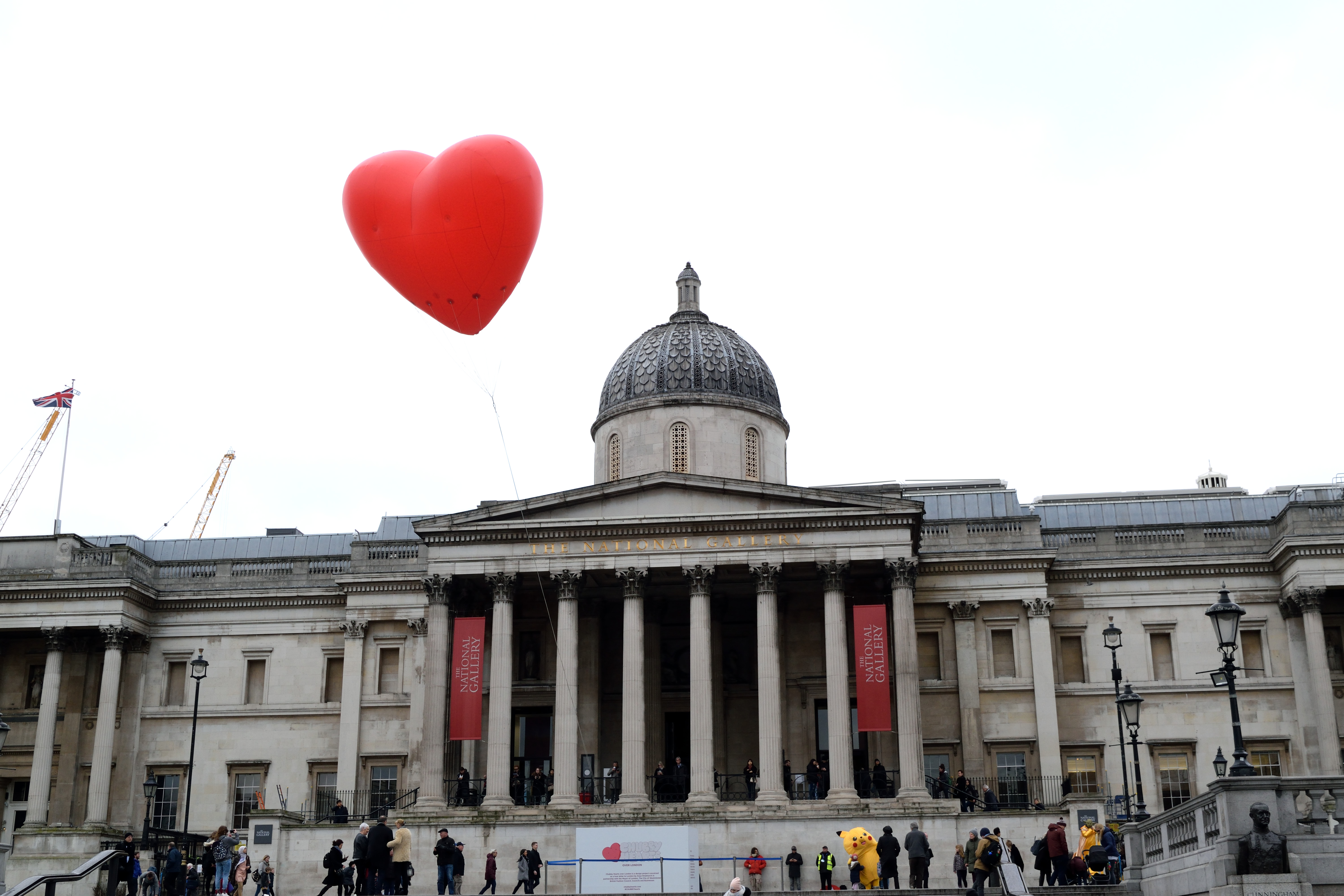
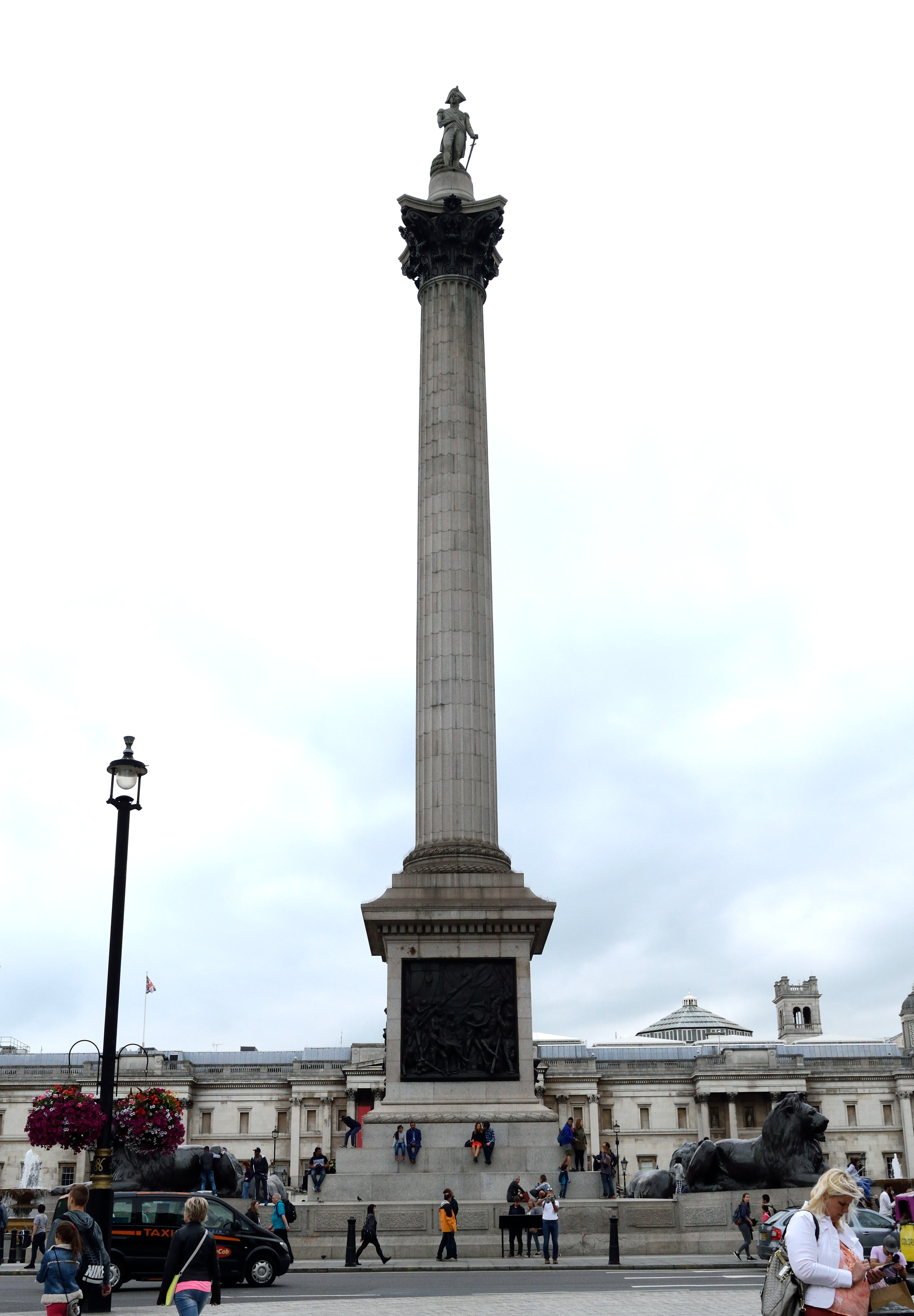 Trafalgar Square is a tourist attraction that is packed with both dramatic architecture and history. It has a claim to be the centre of London, in both a physical and psychological sense. Other places have claims also; Bank, Buckingham Palace, Piccadilly Circus even Hyde Park Corner, but there are a couple of good arguments in favour of Trafalgar Square.
Trafalgar Square is a tourist attraction that is packed with both dramatic architecture and history. It has a claim to be the centre of London, in both a physical and psychological sense. Other places have claims also; Bank, Buckingham Palace, Piccadilly Circus even Hyde Park Corner, but there are a couple of good arguments in favour of Trafalgar Square.